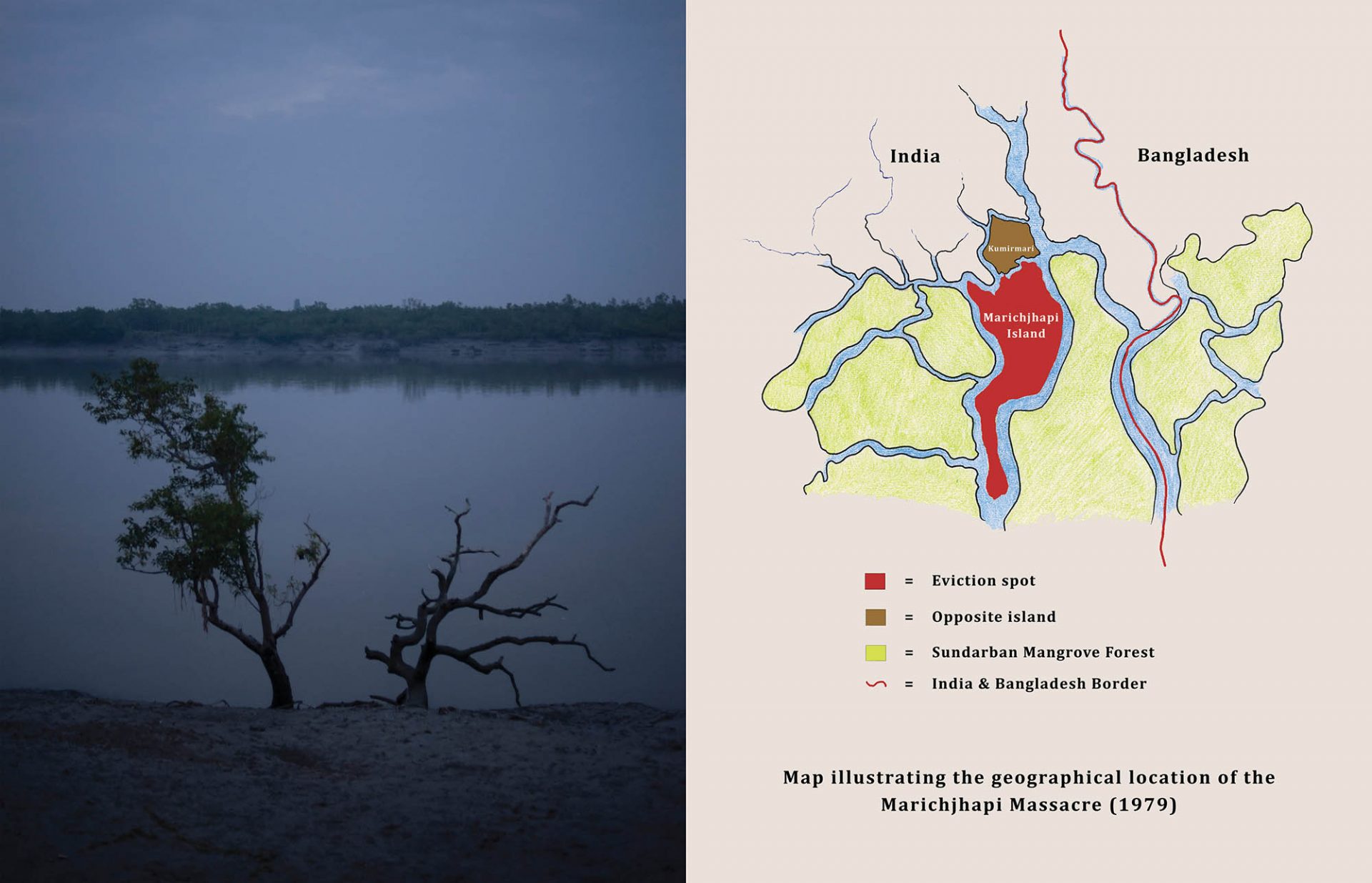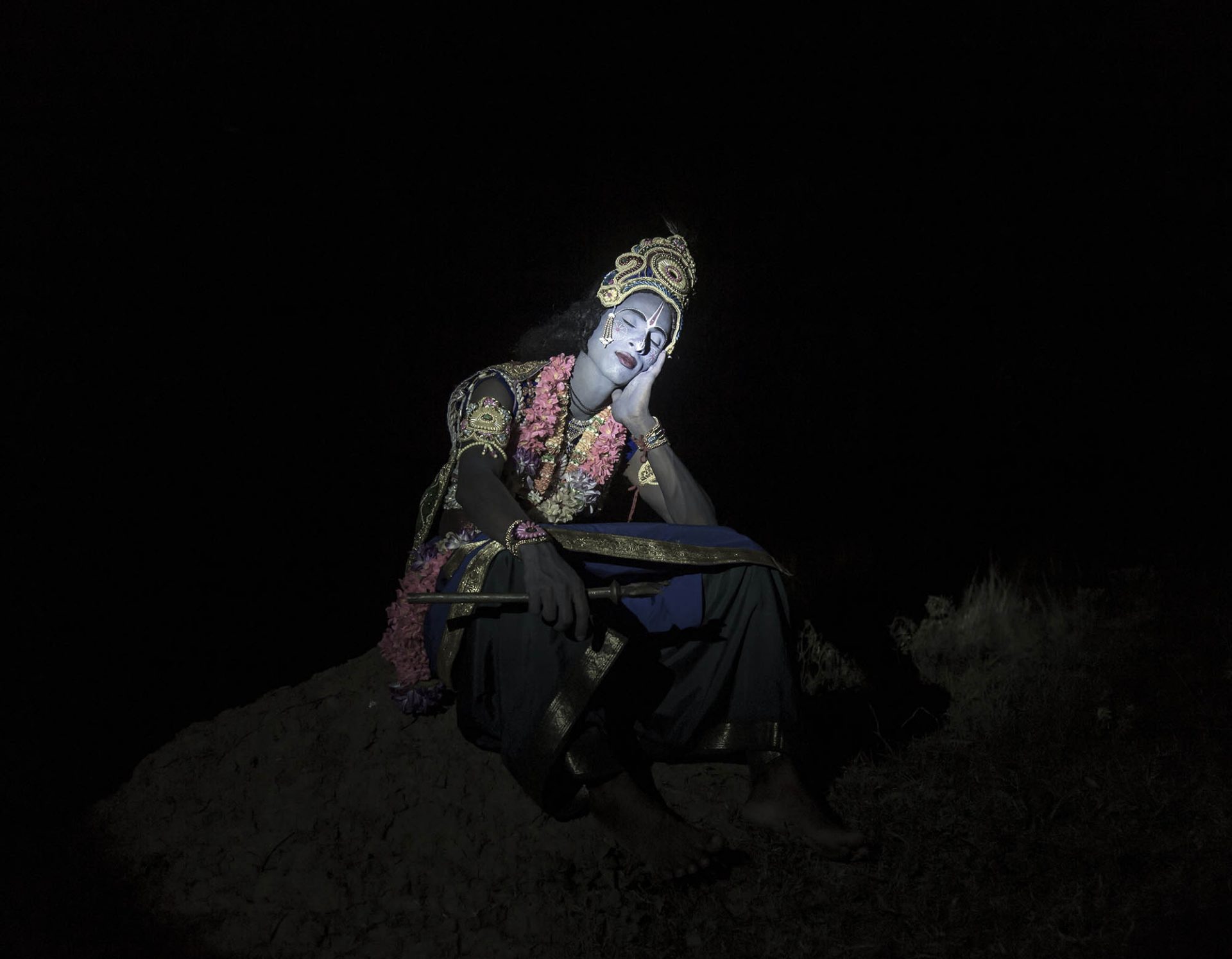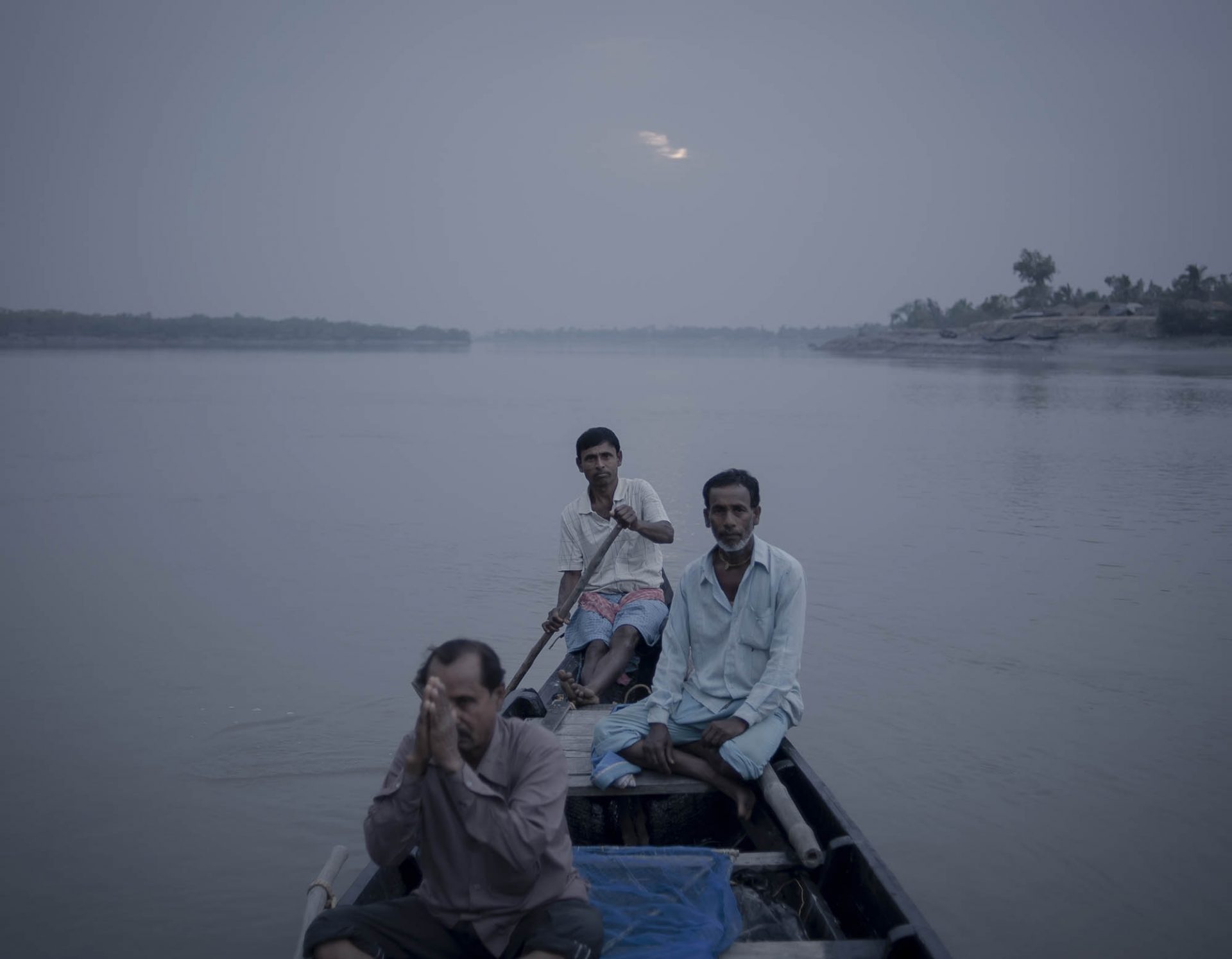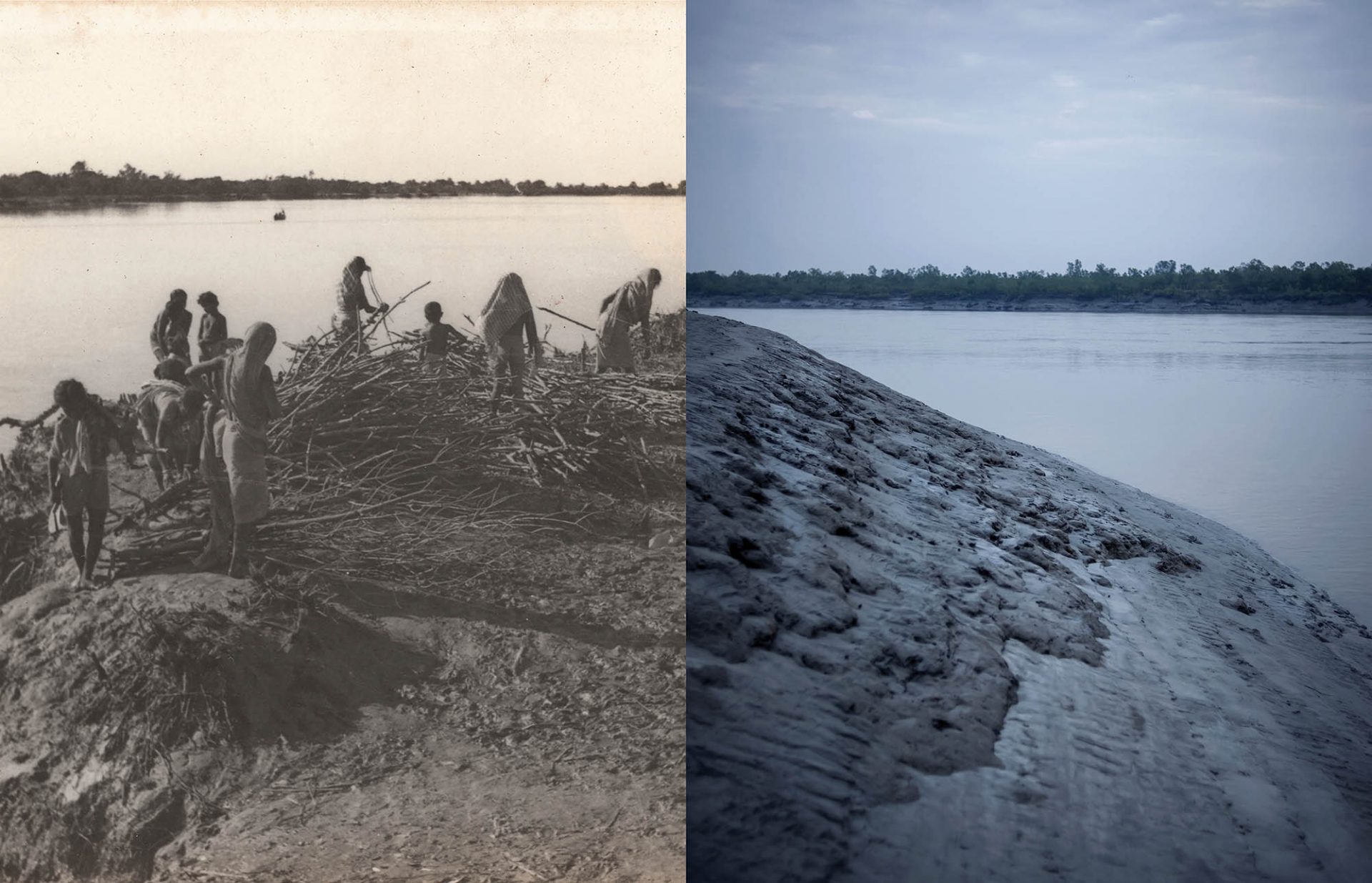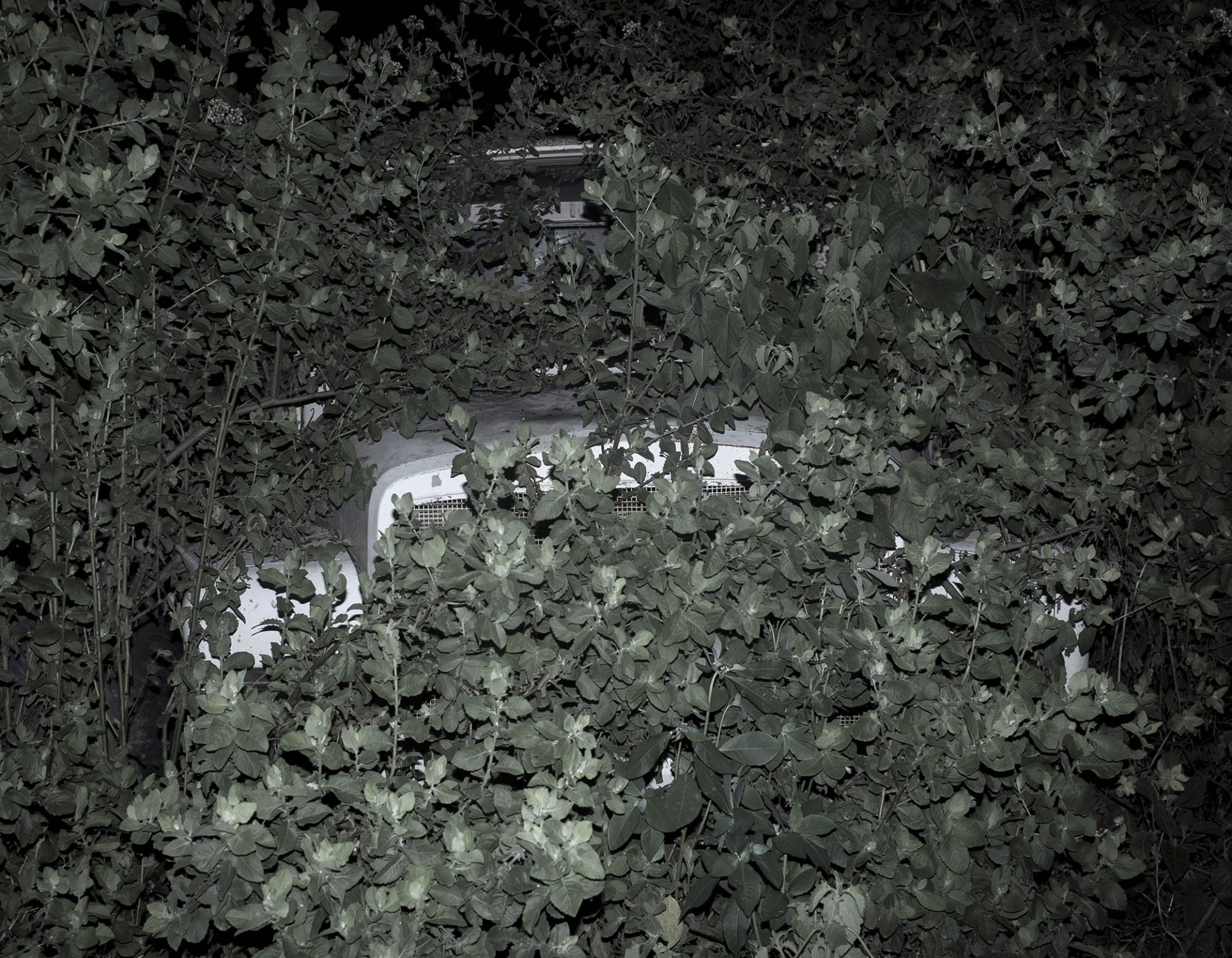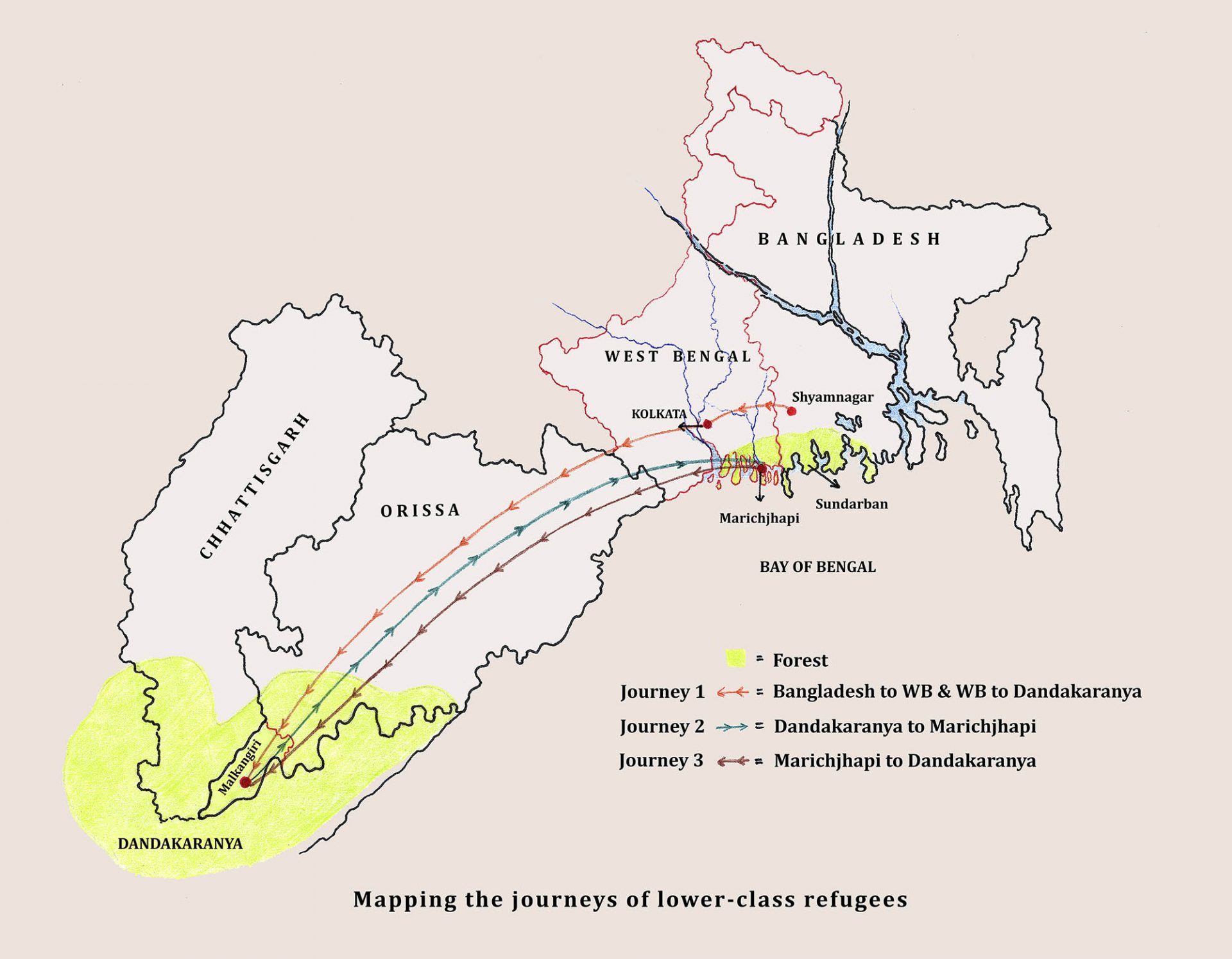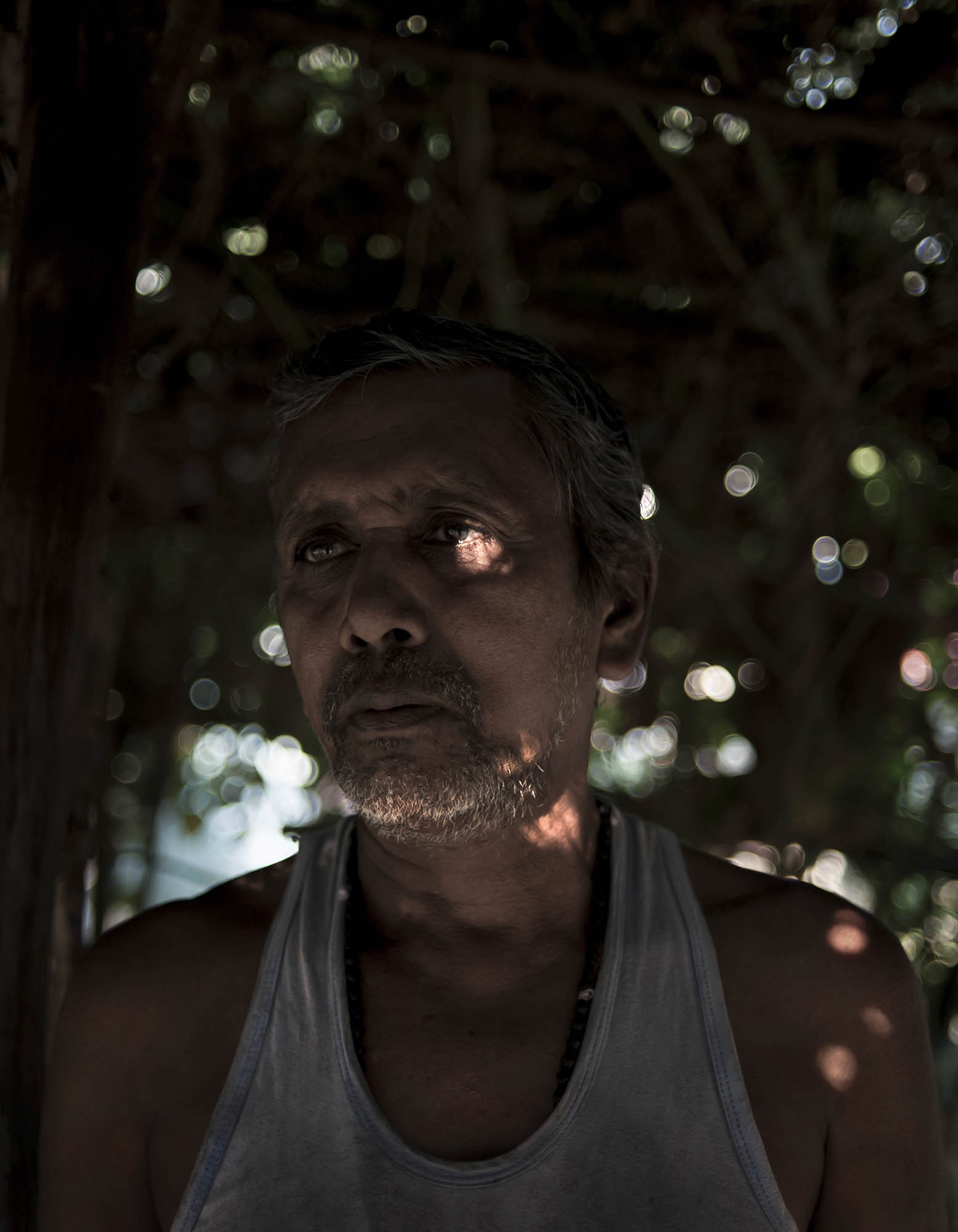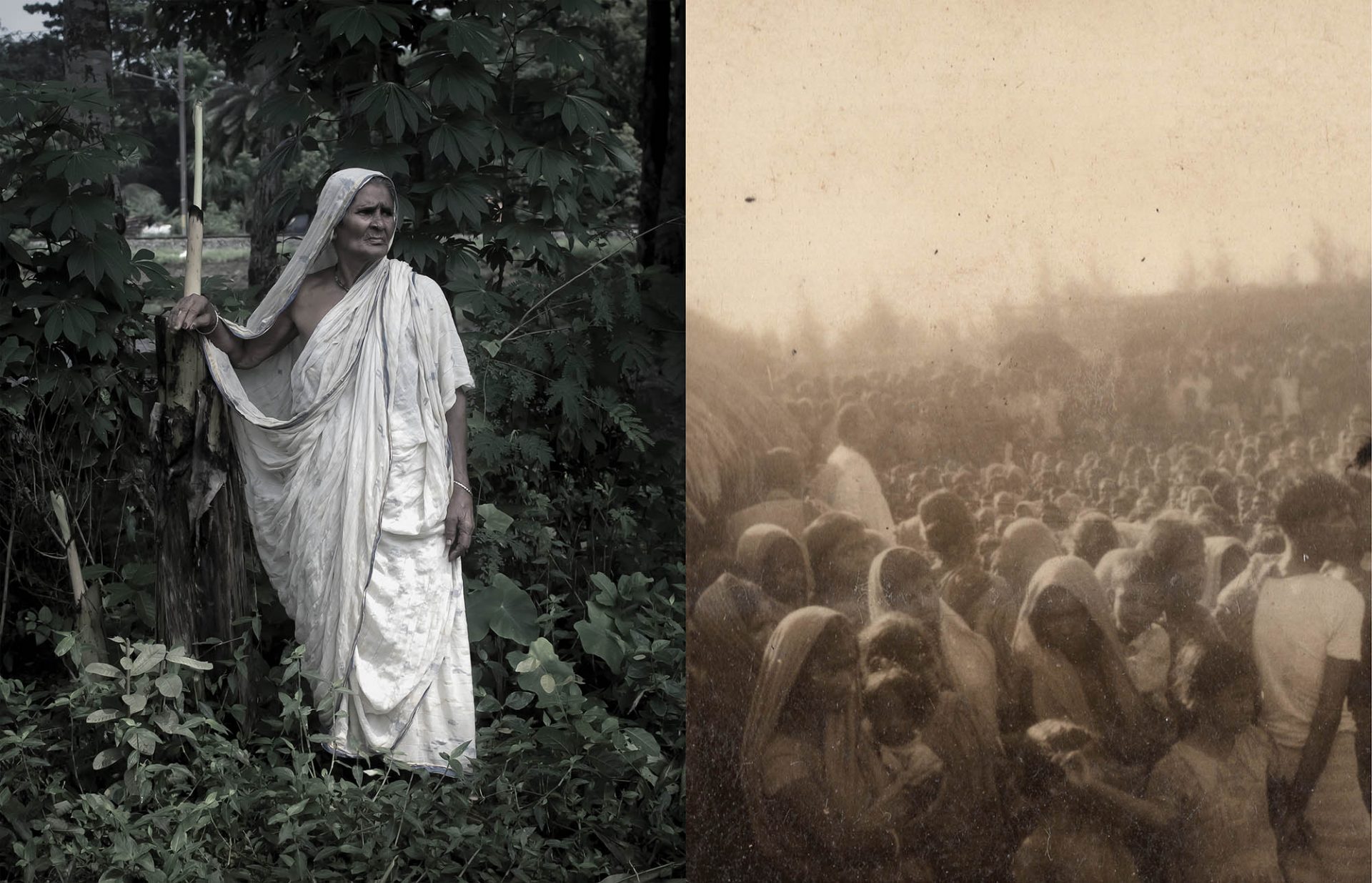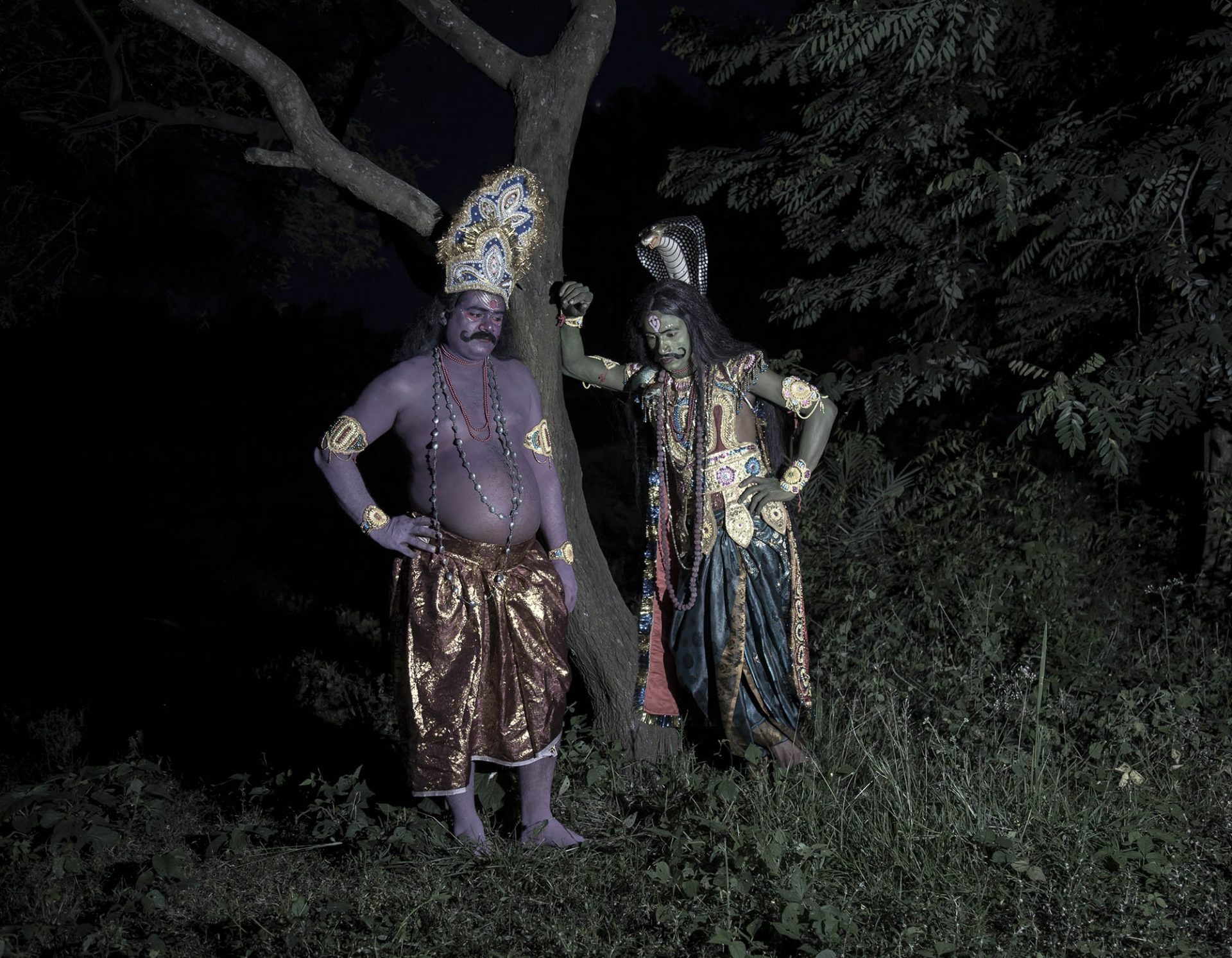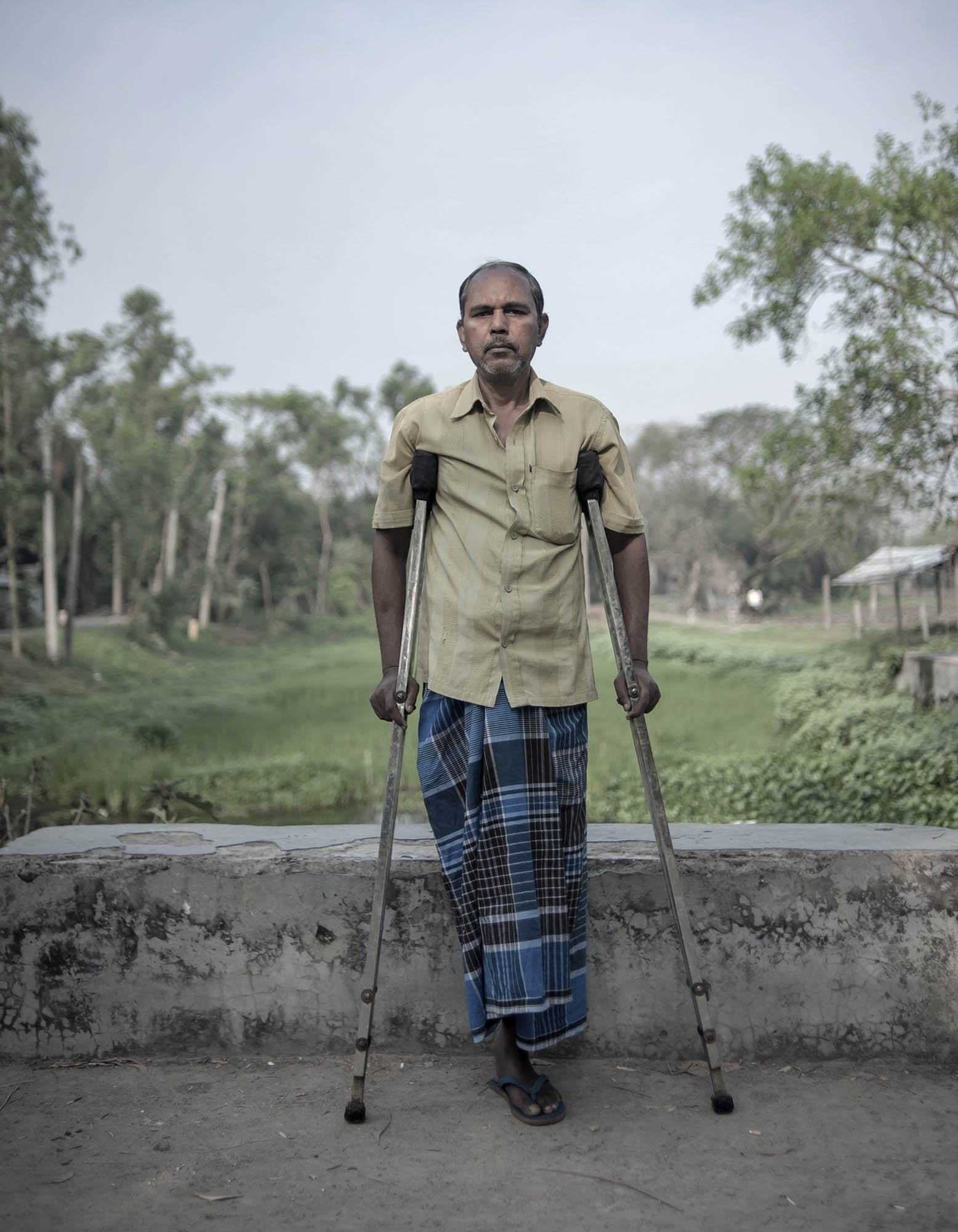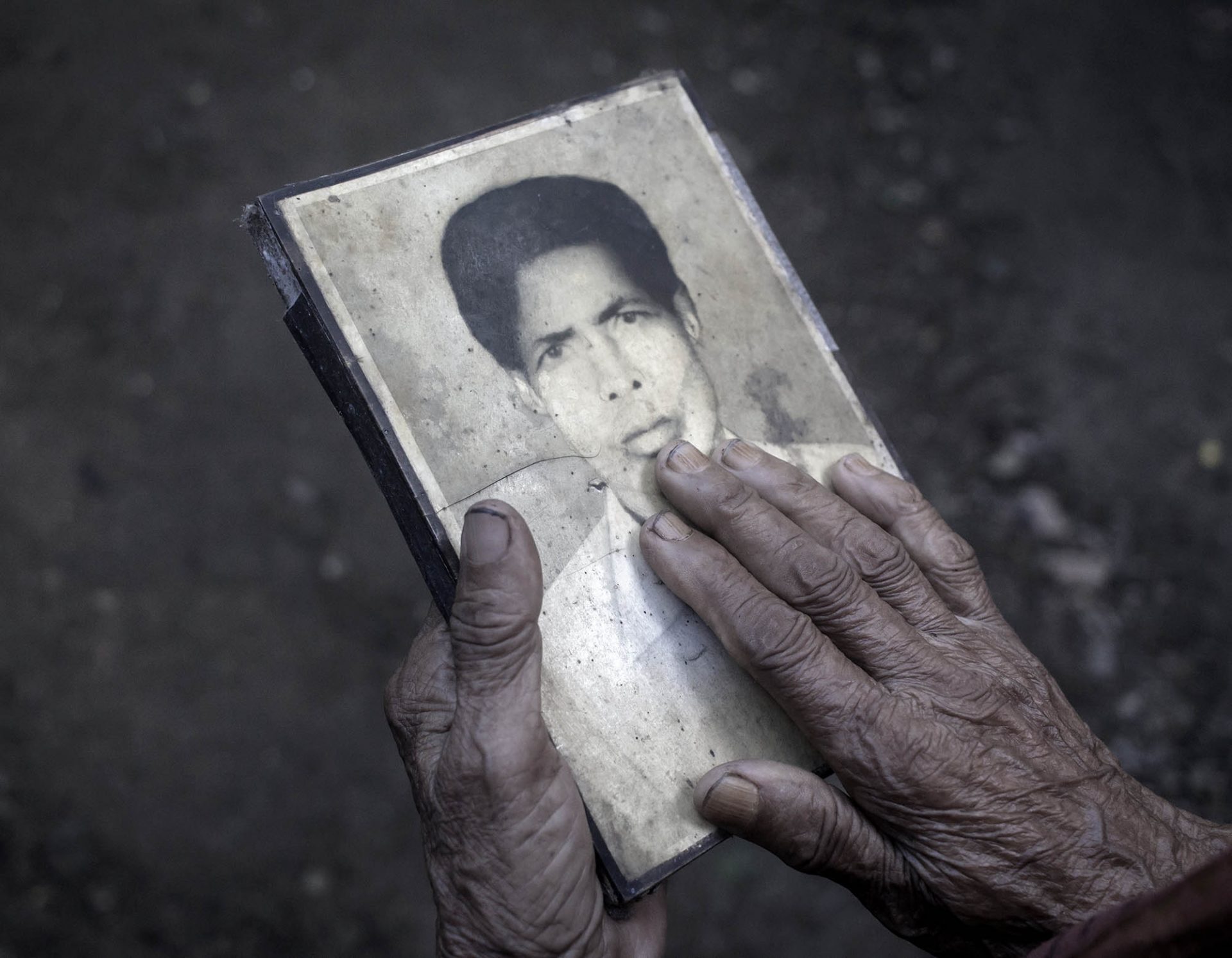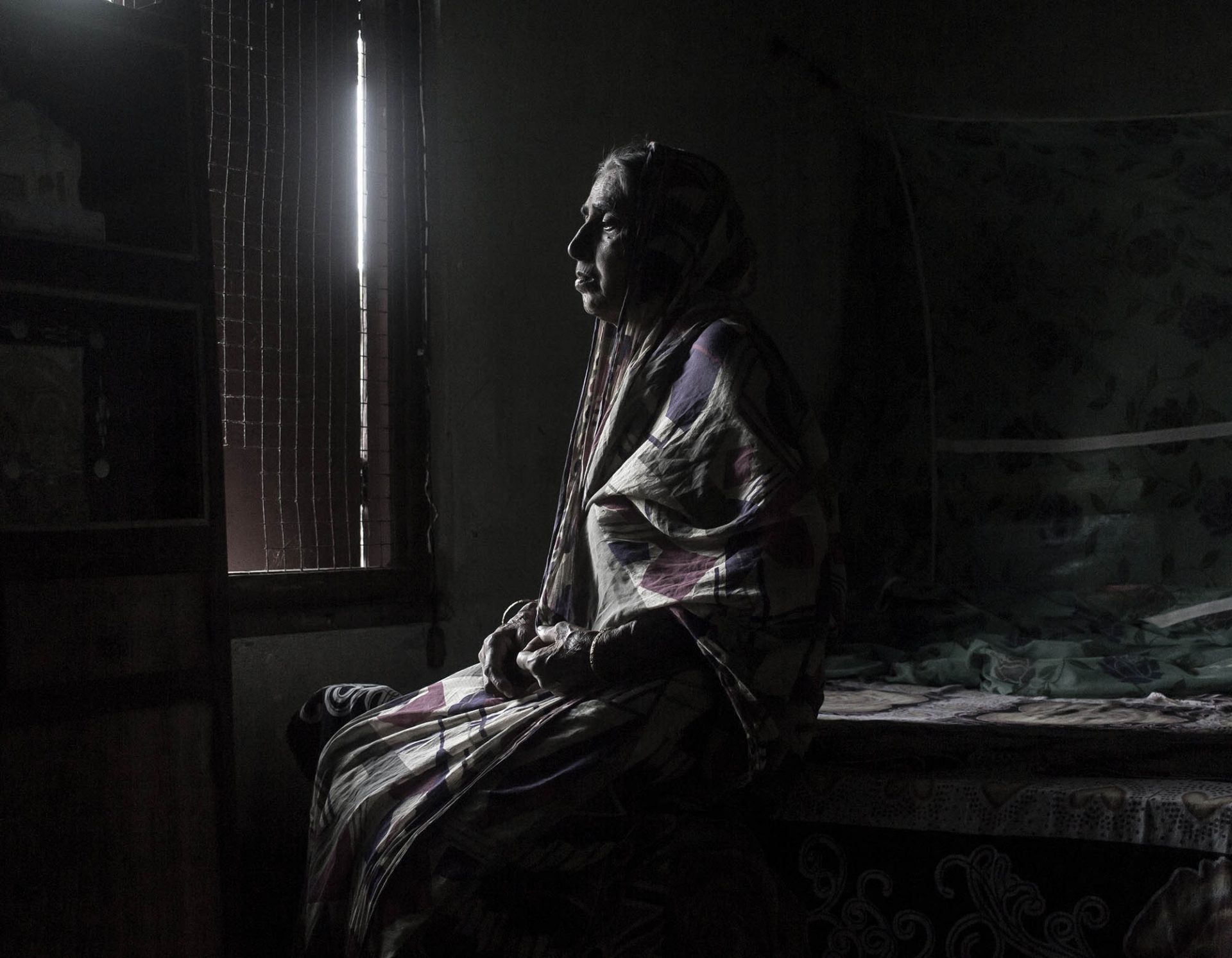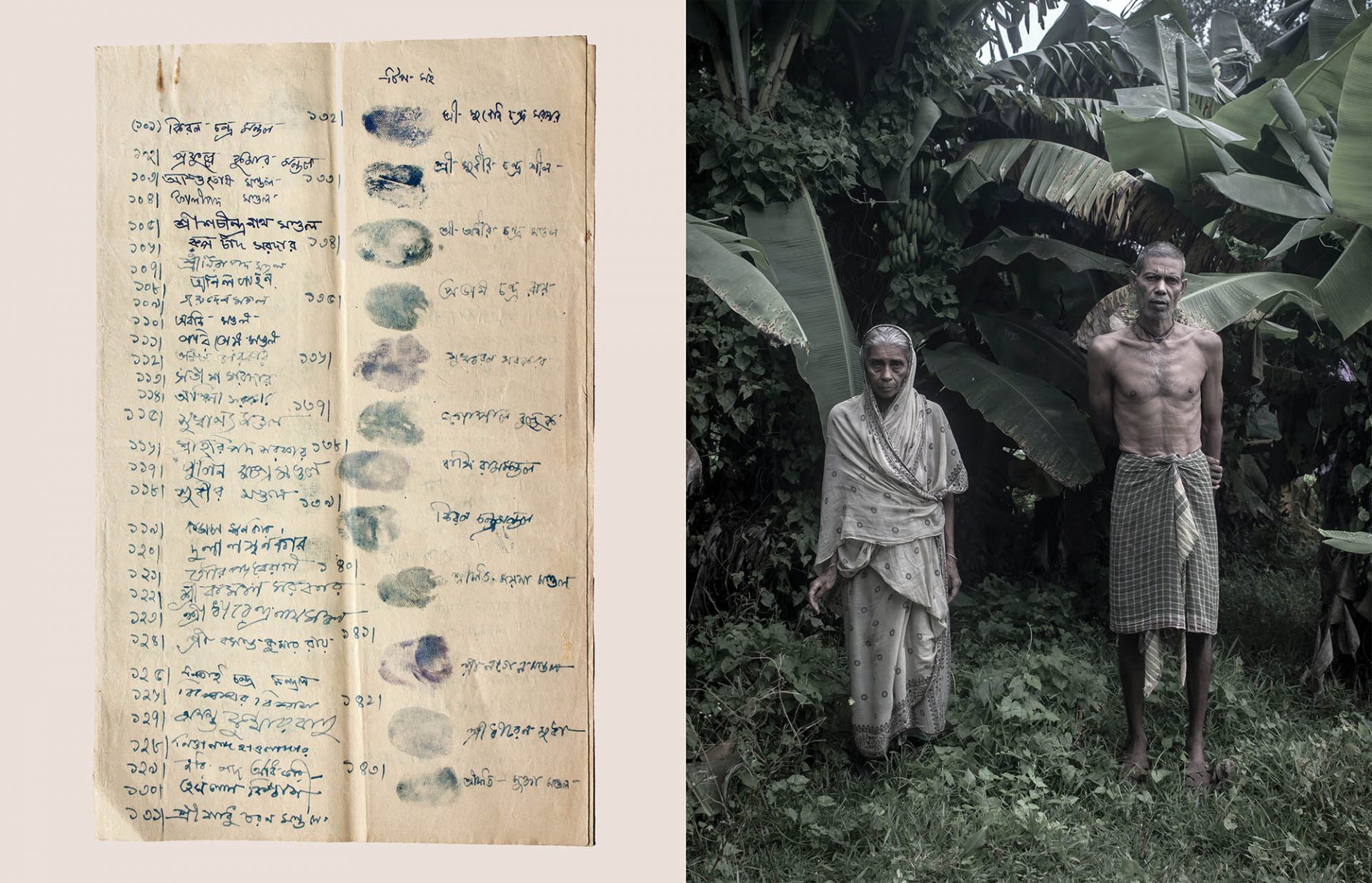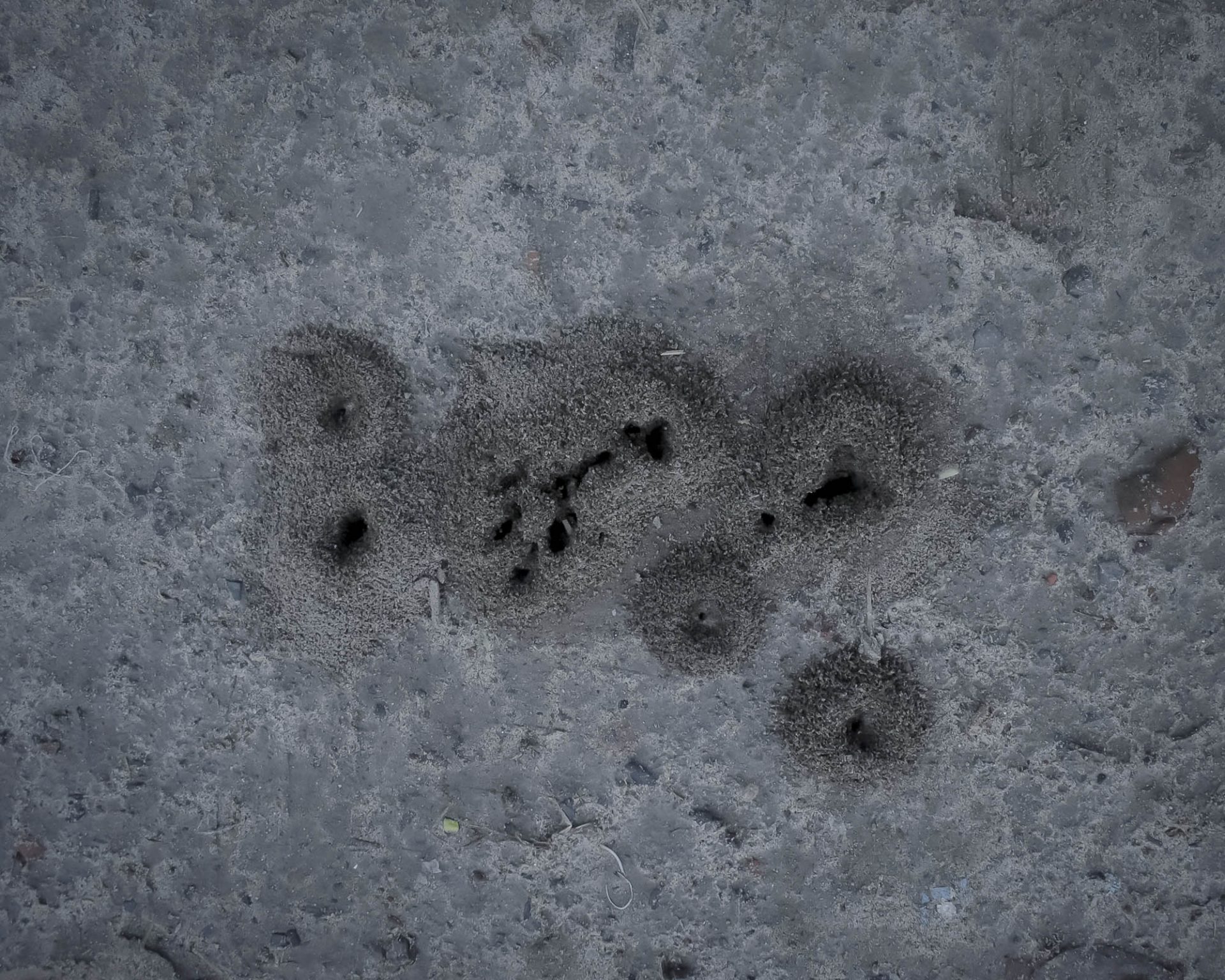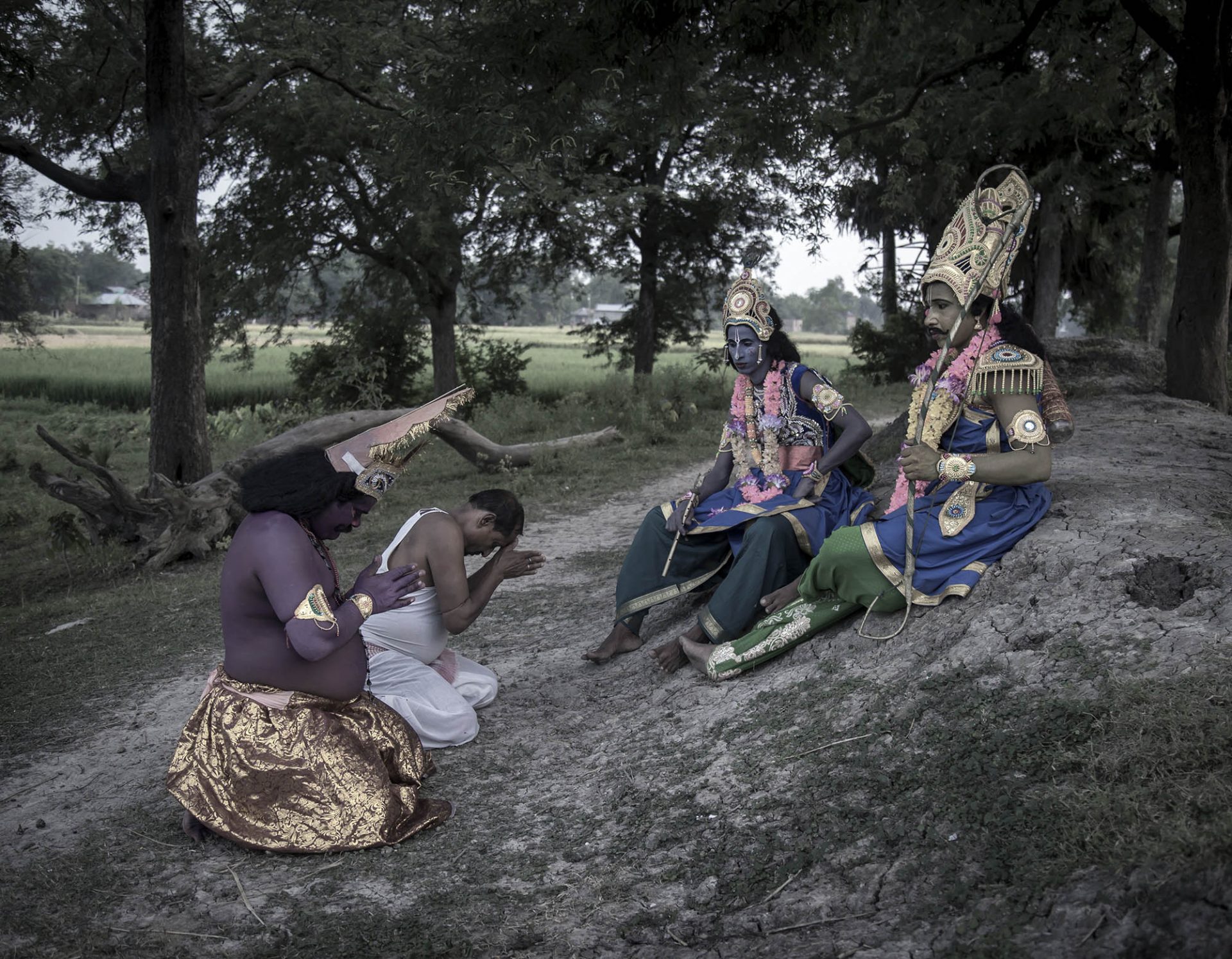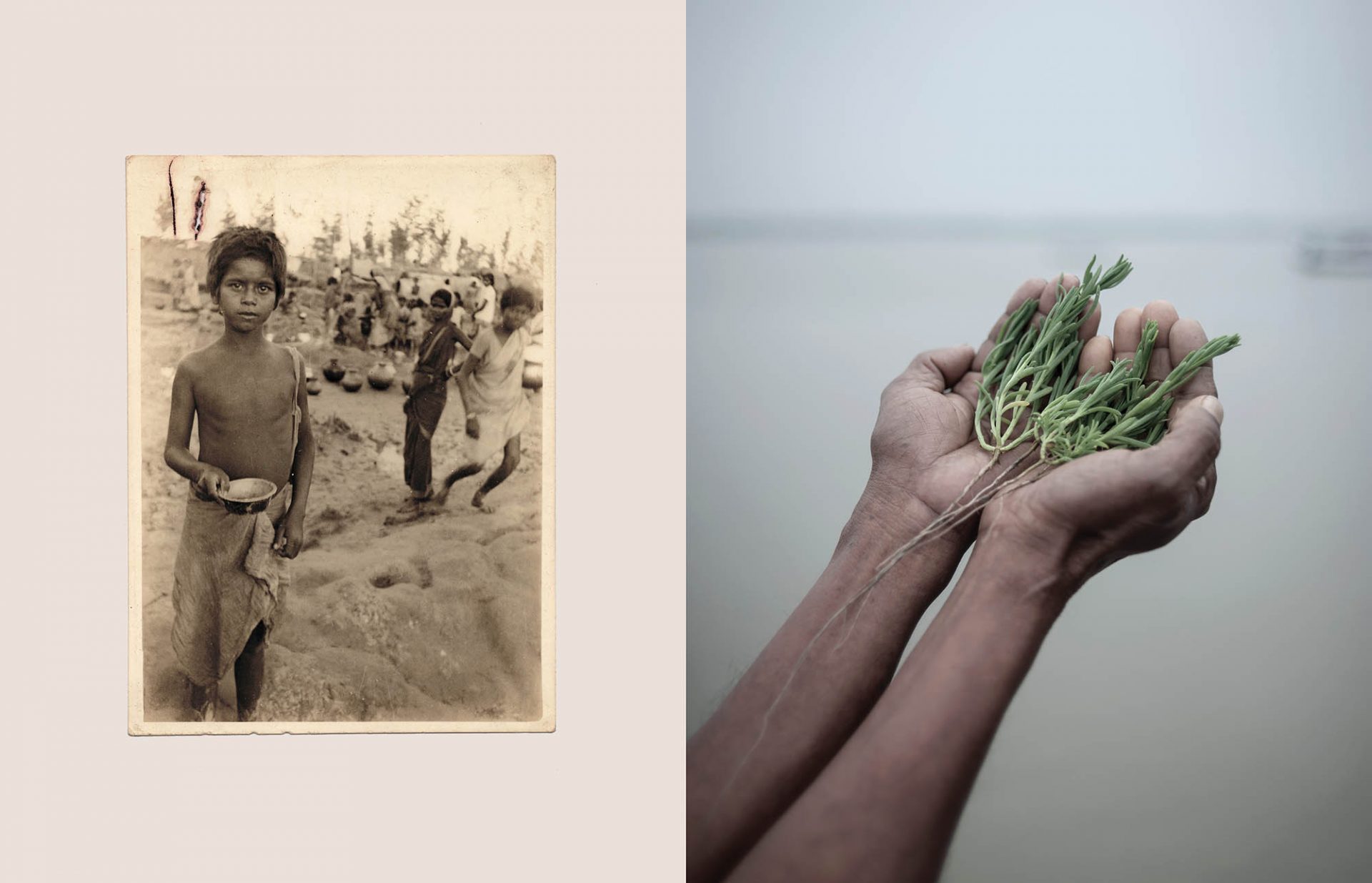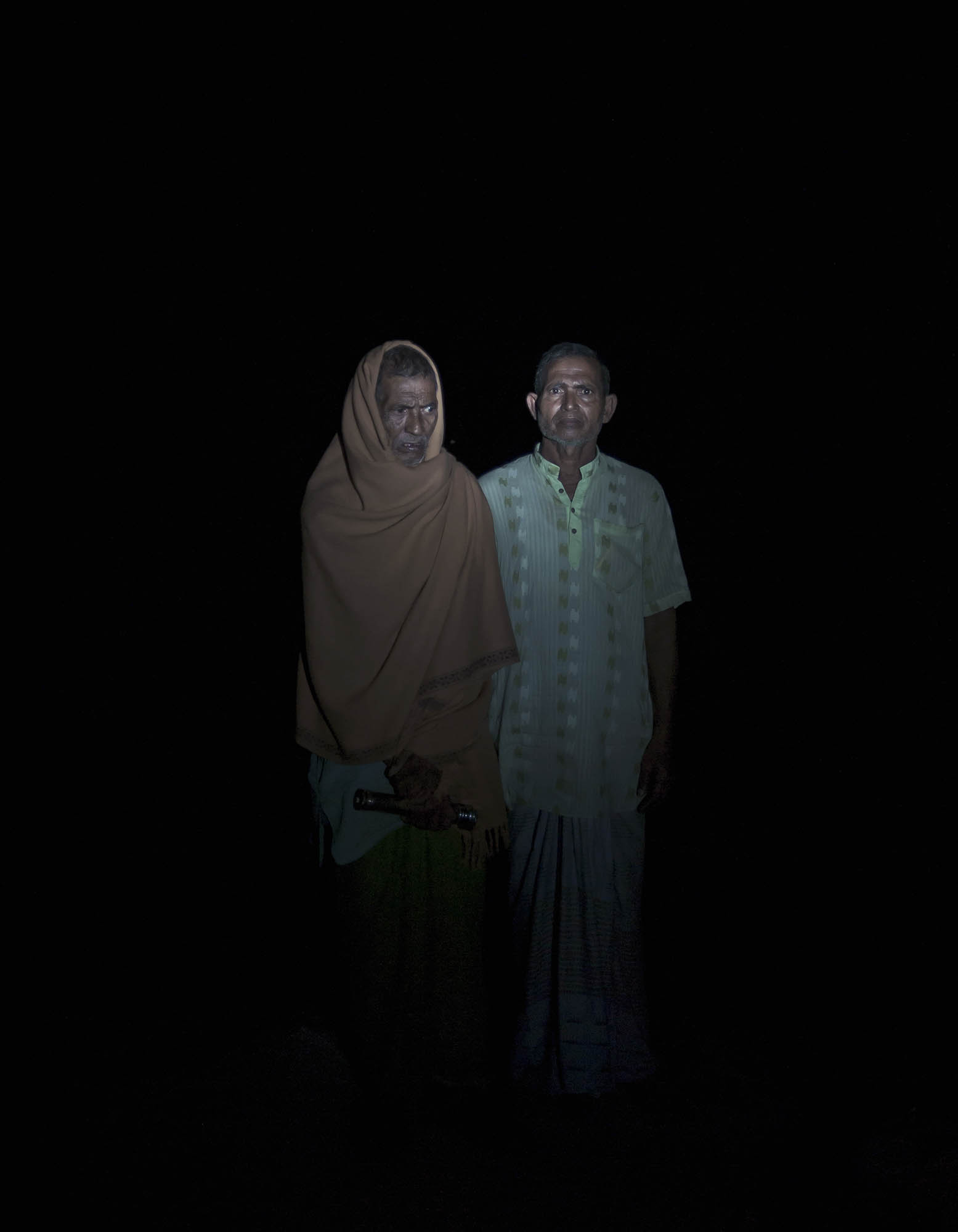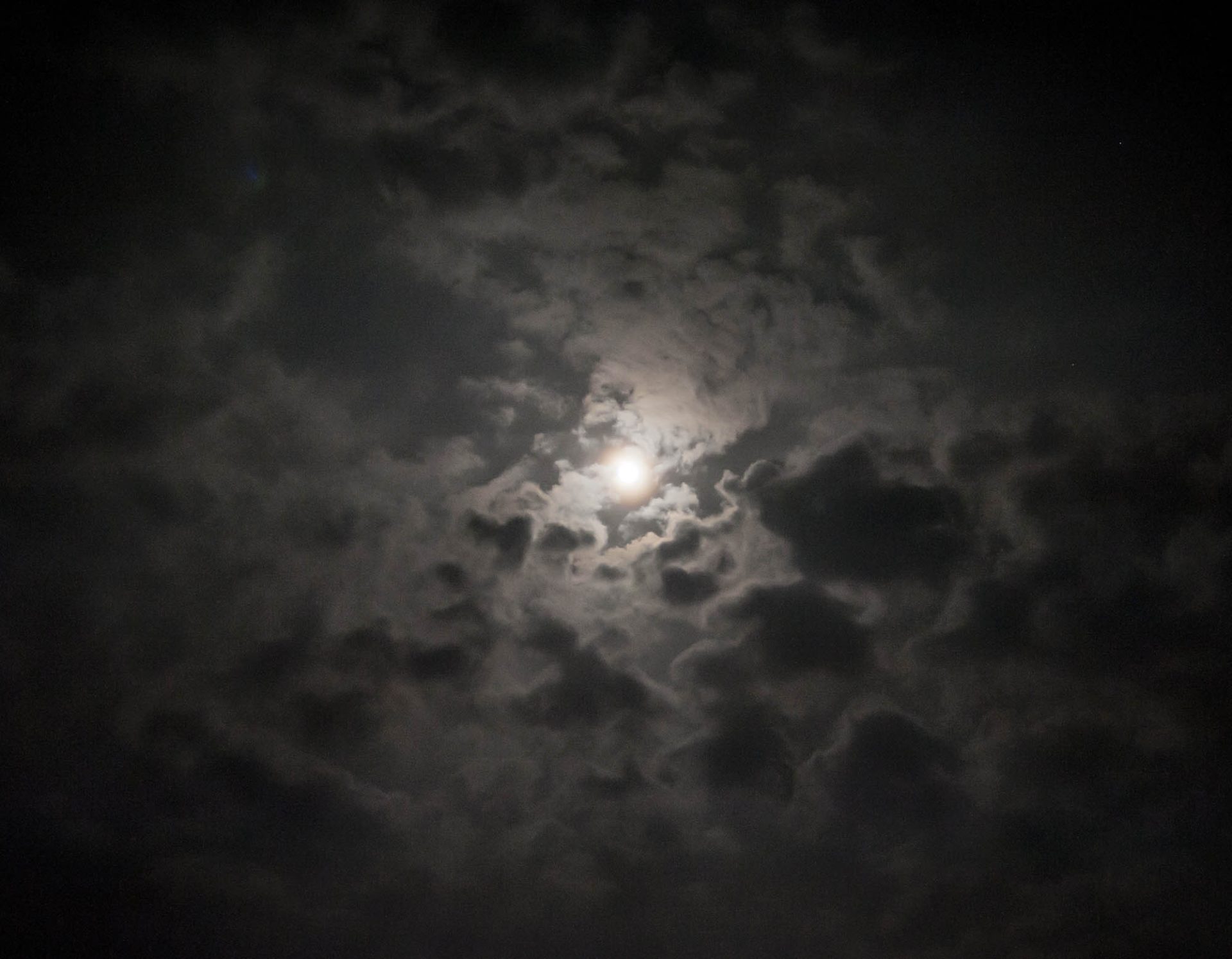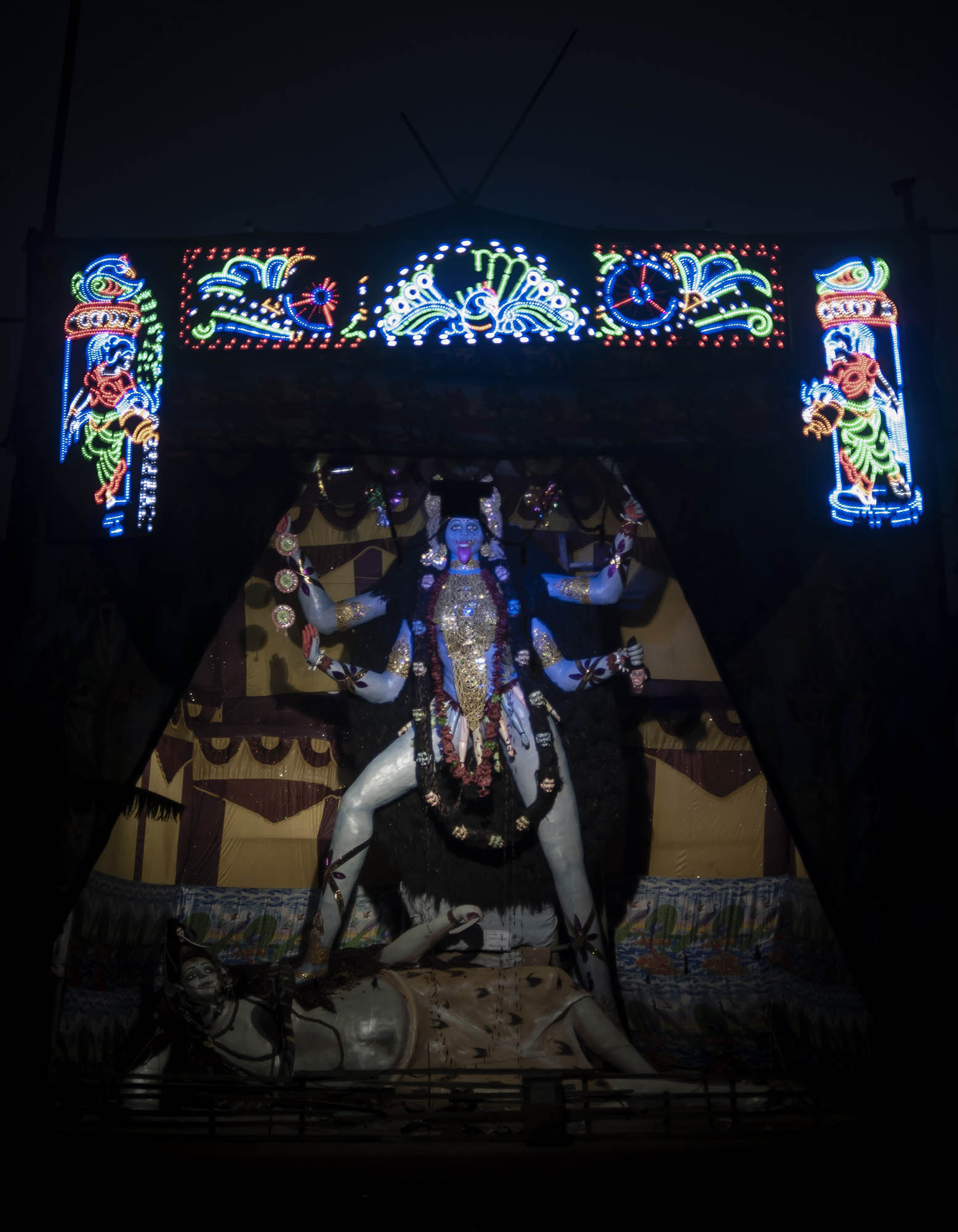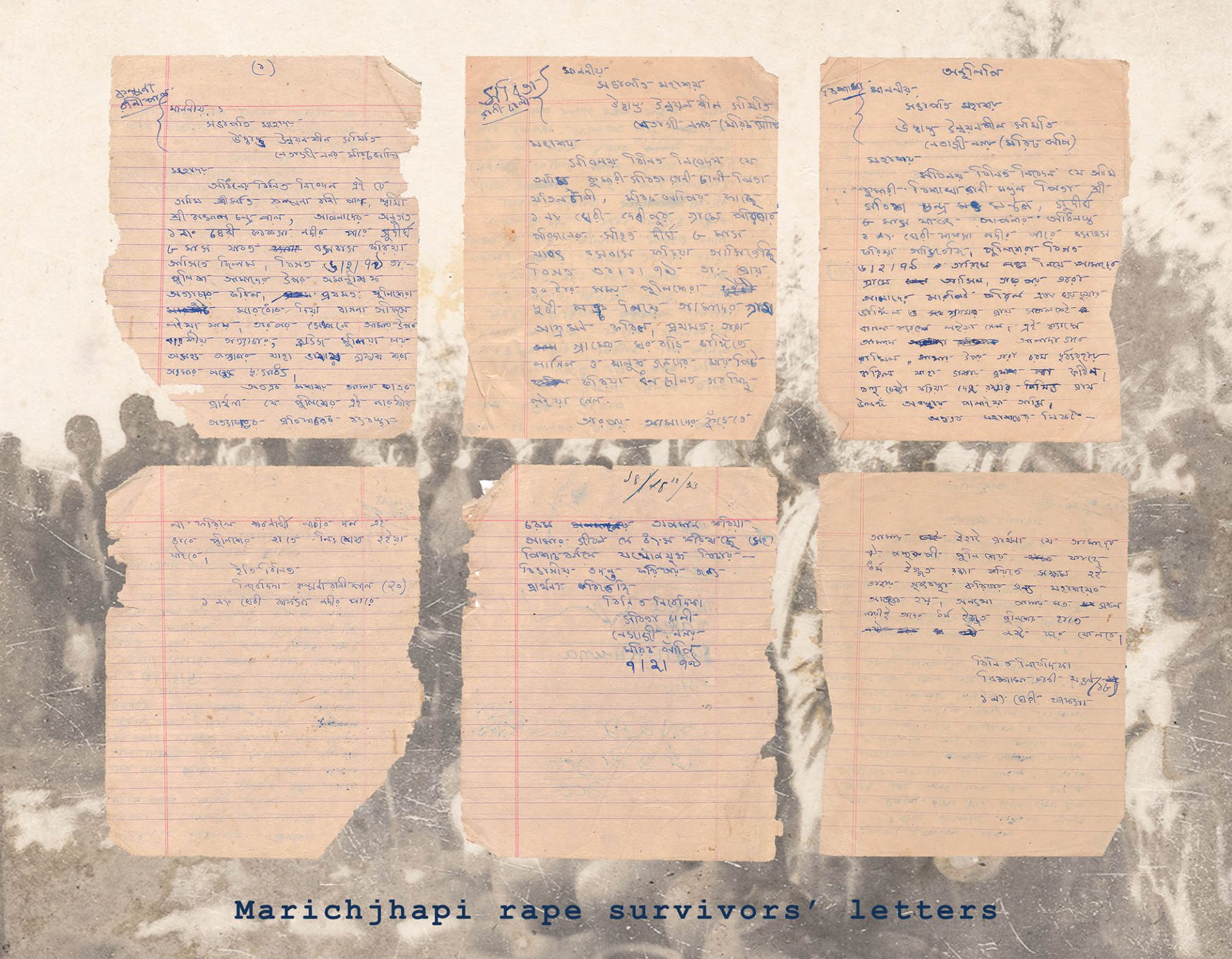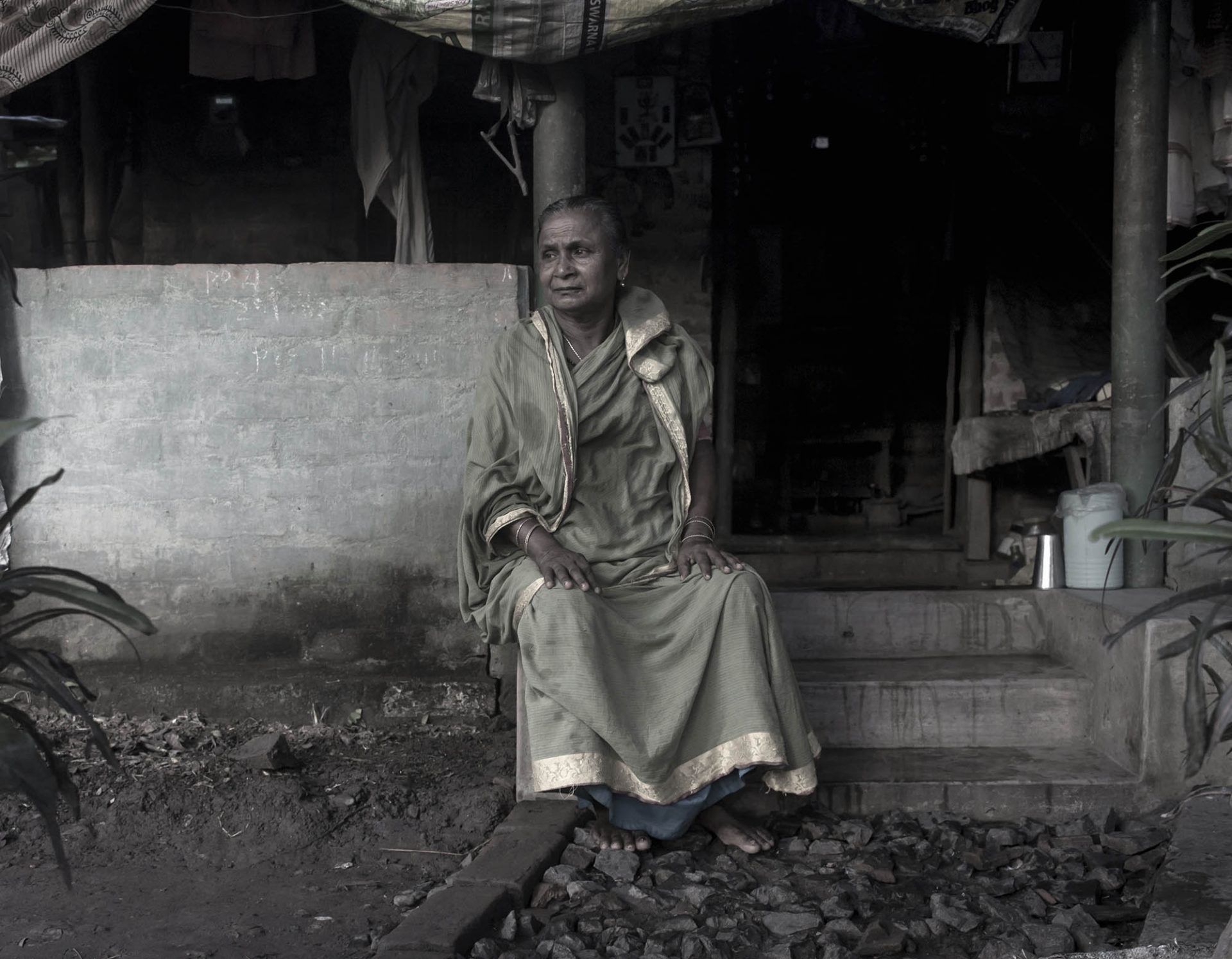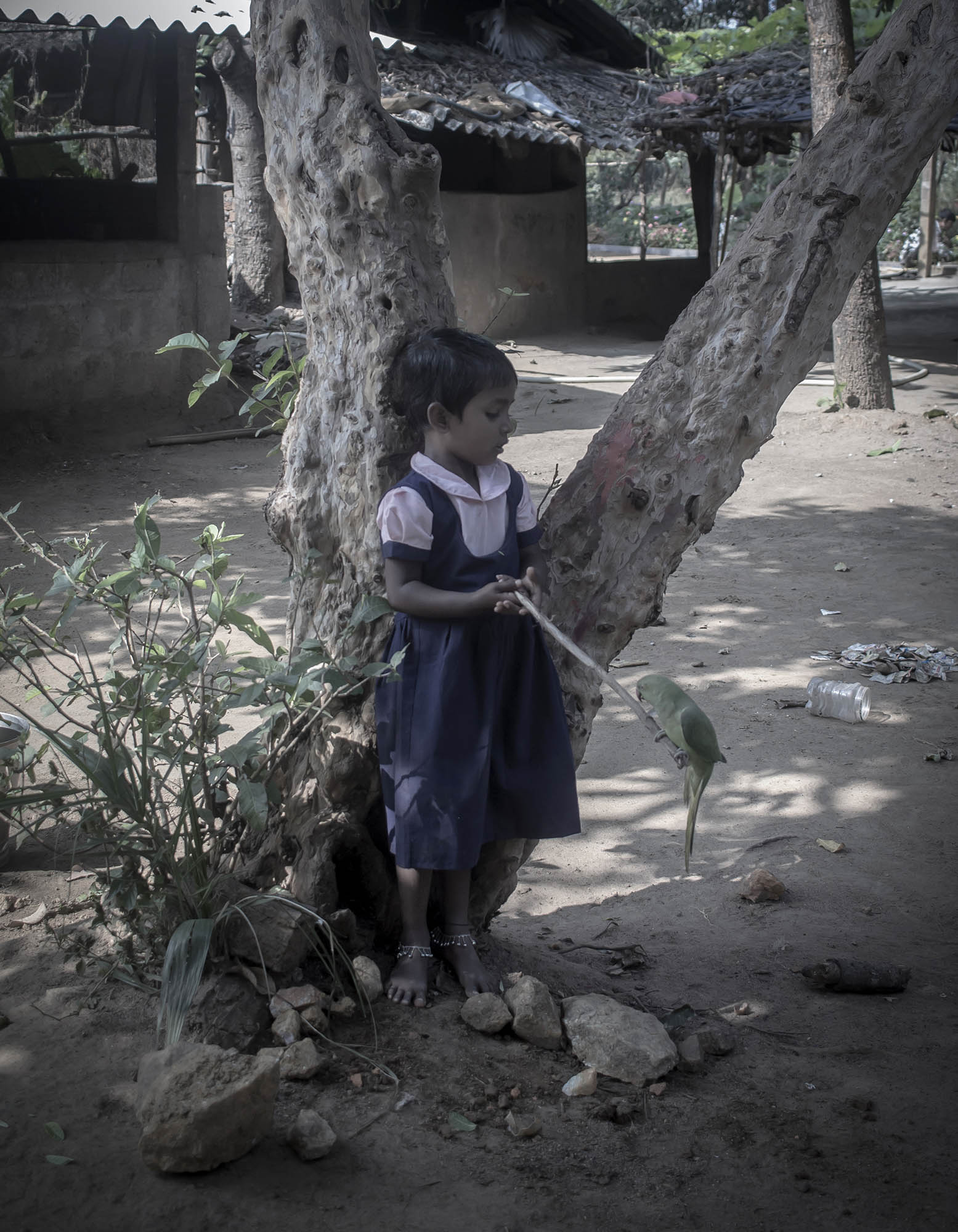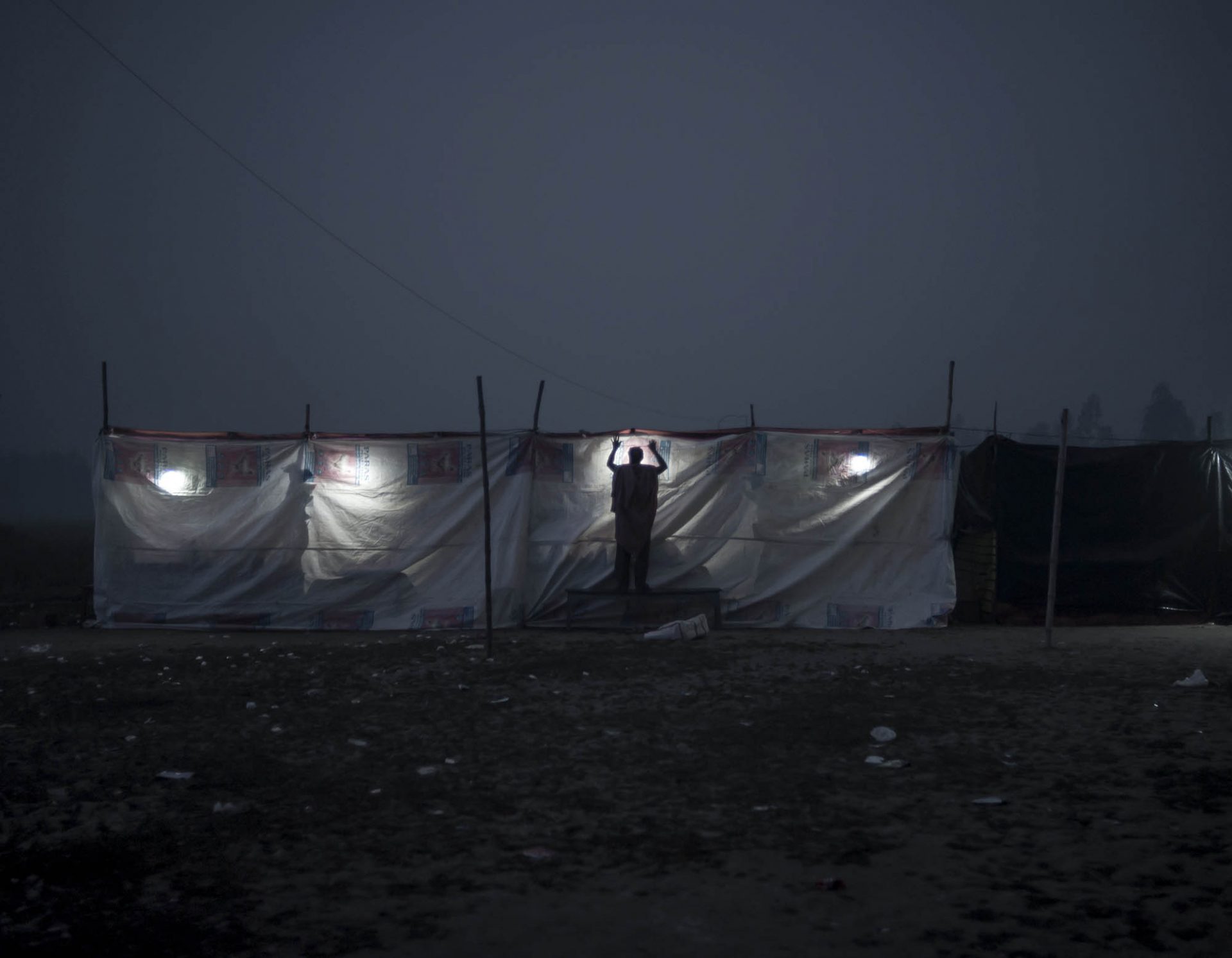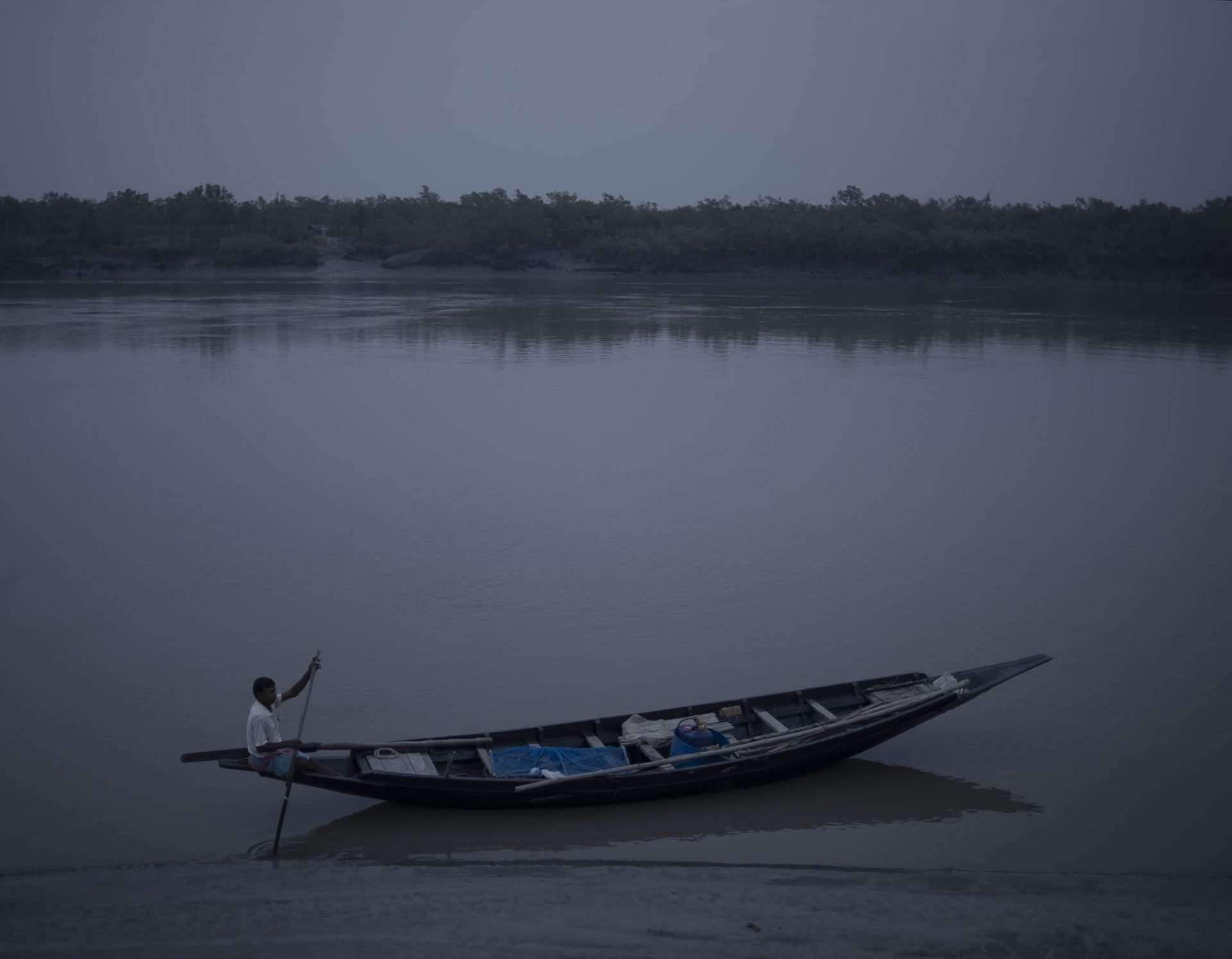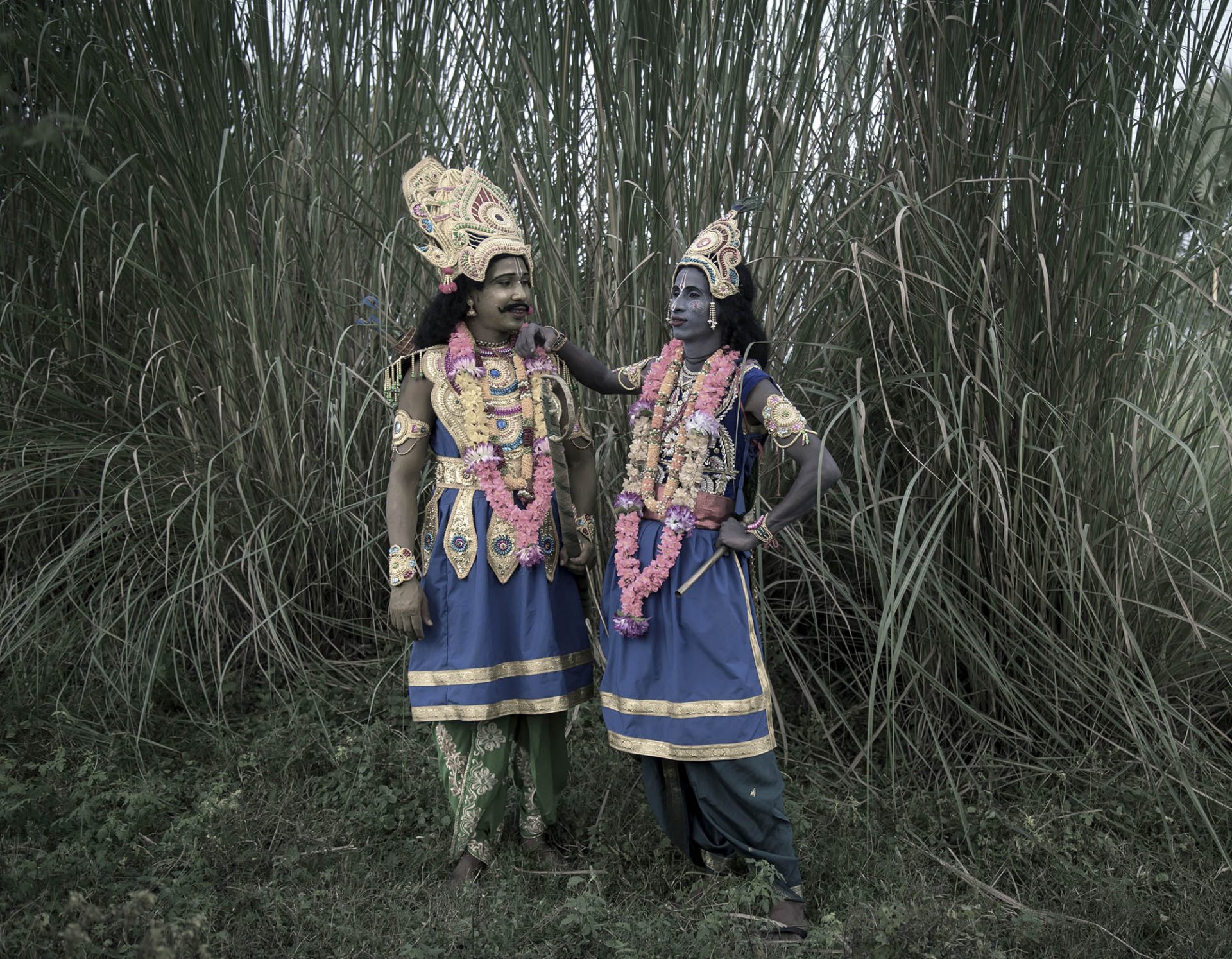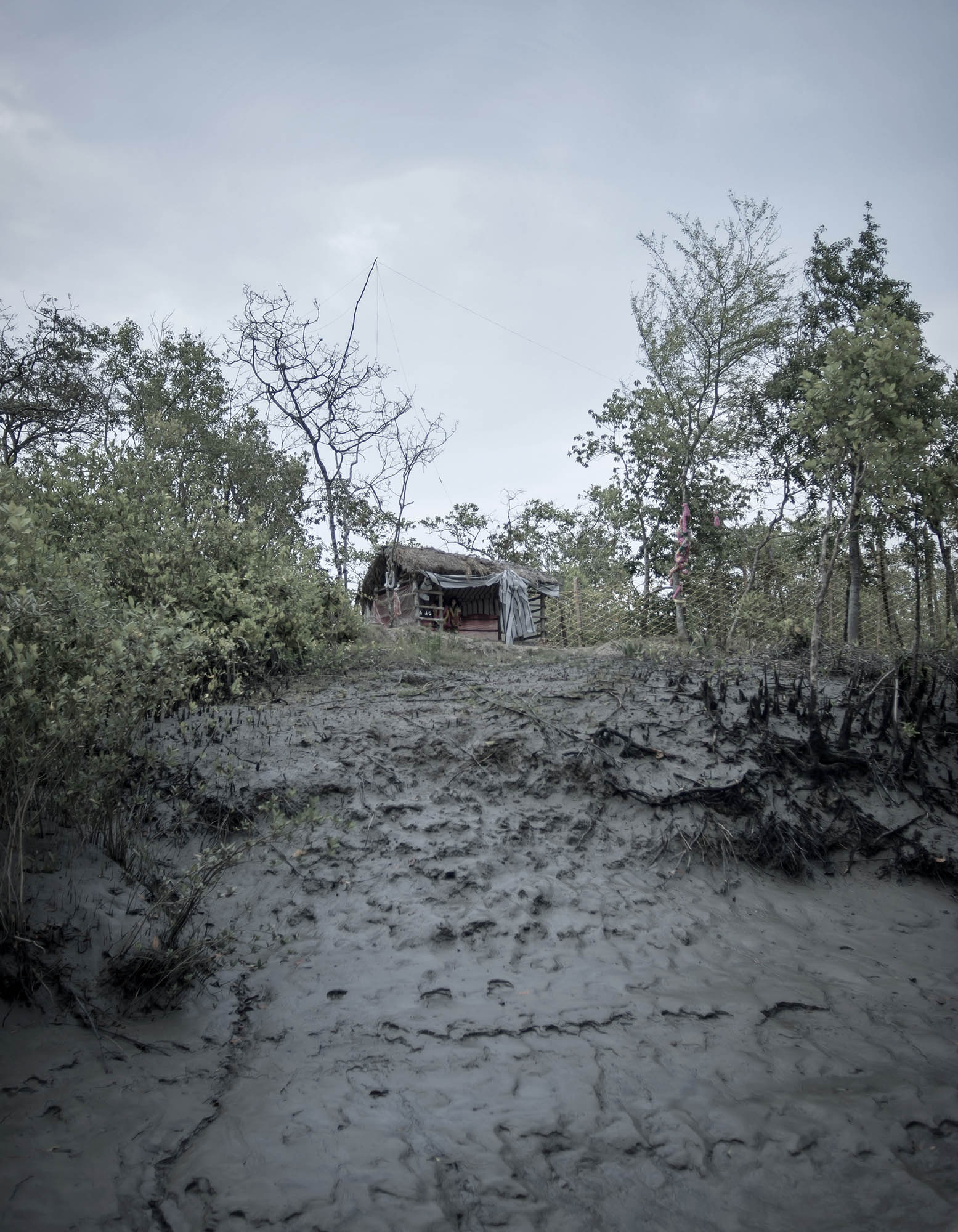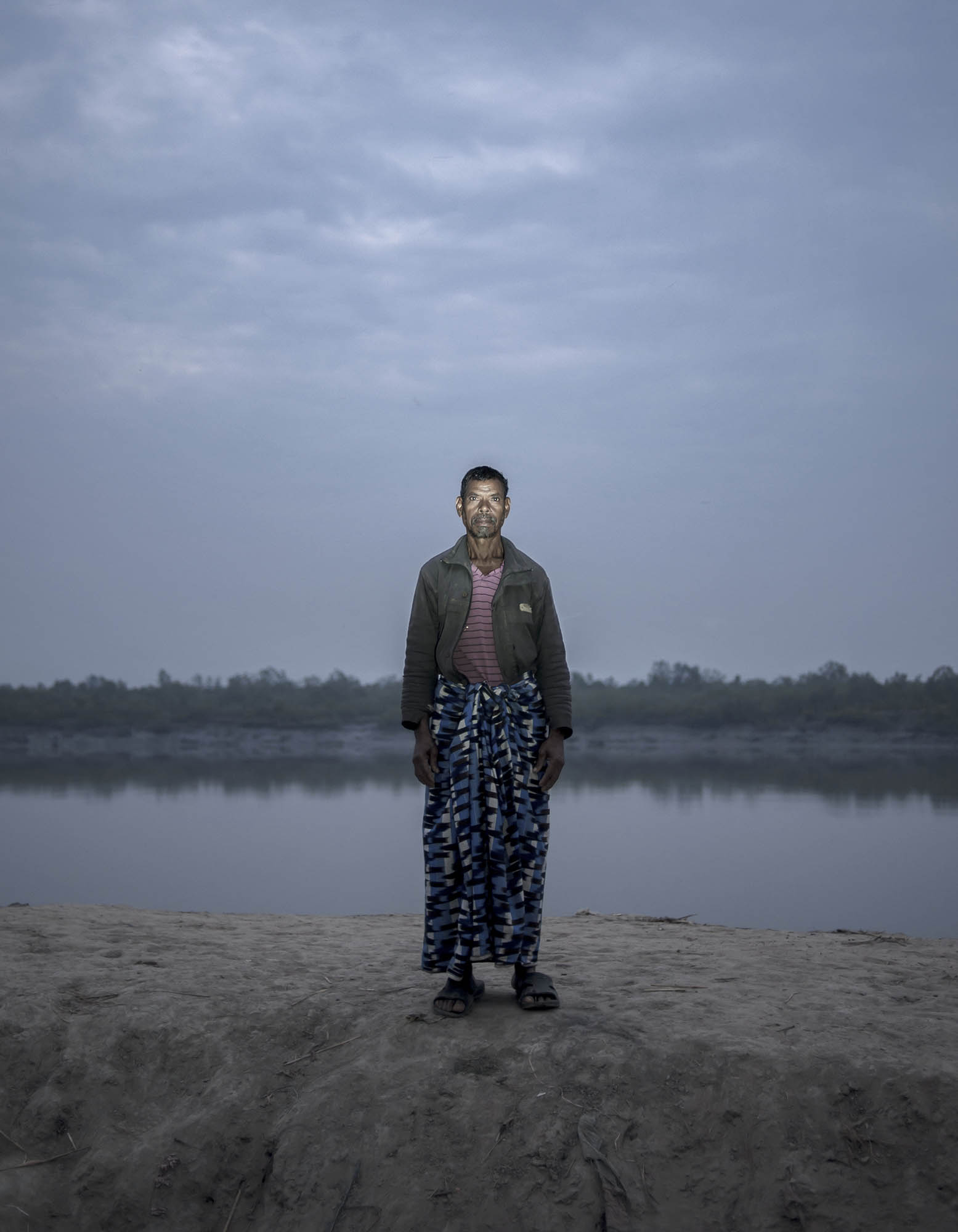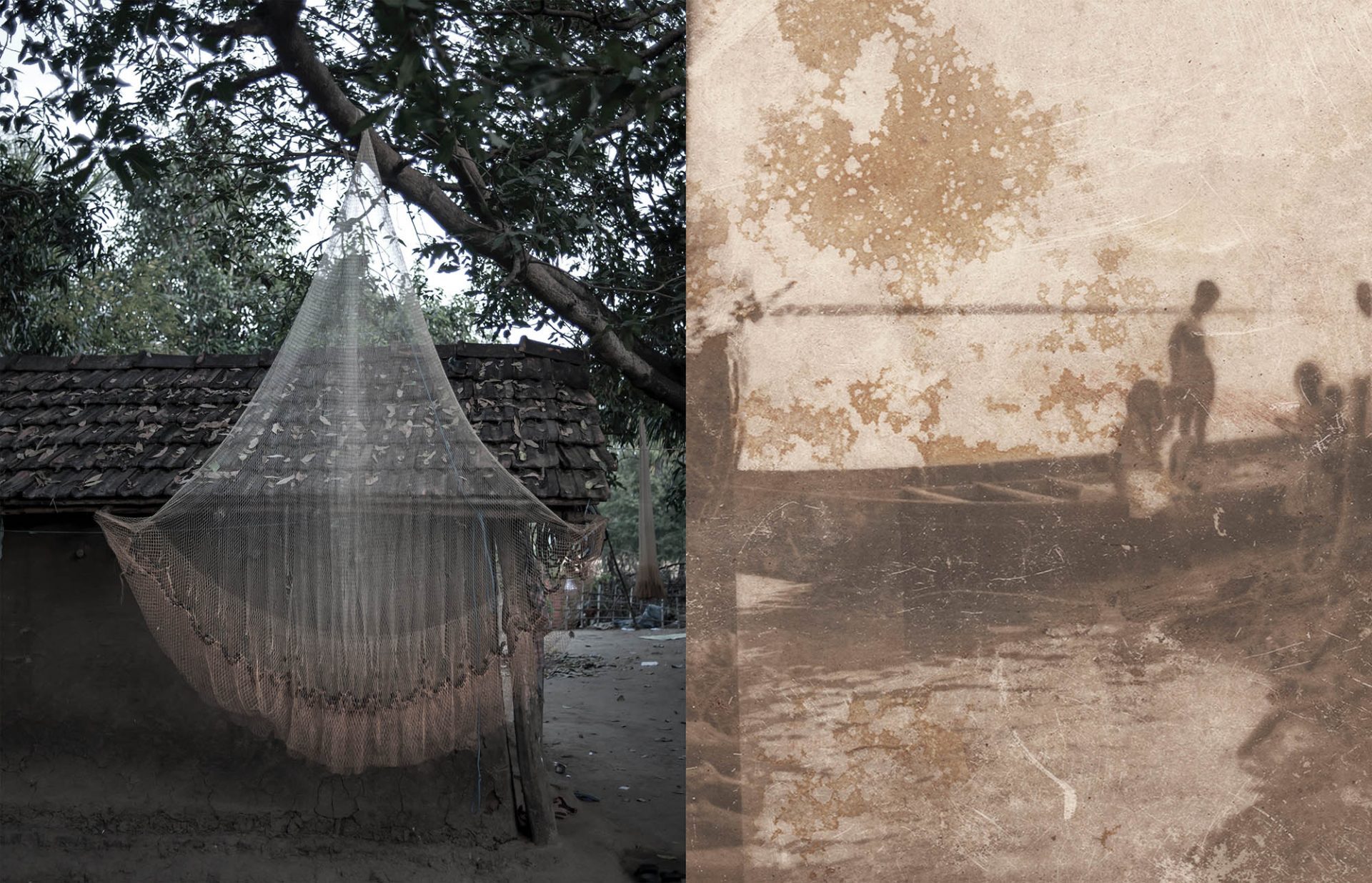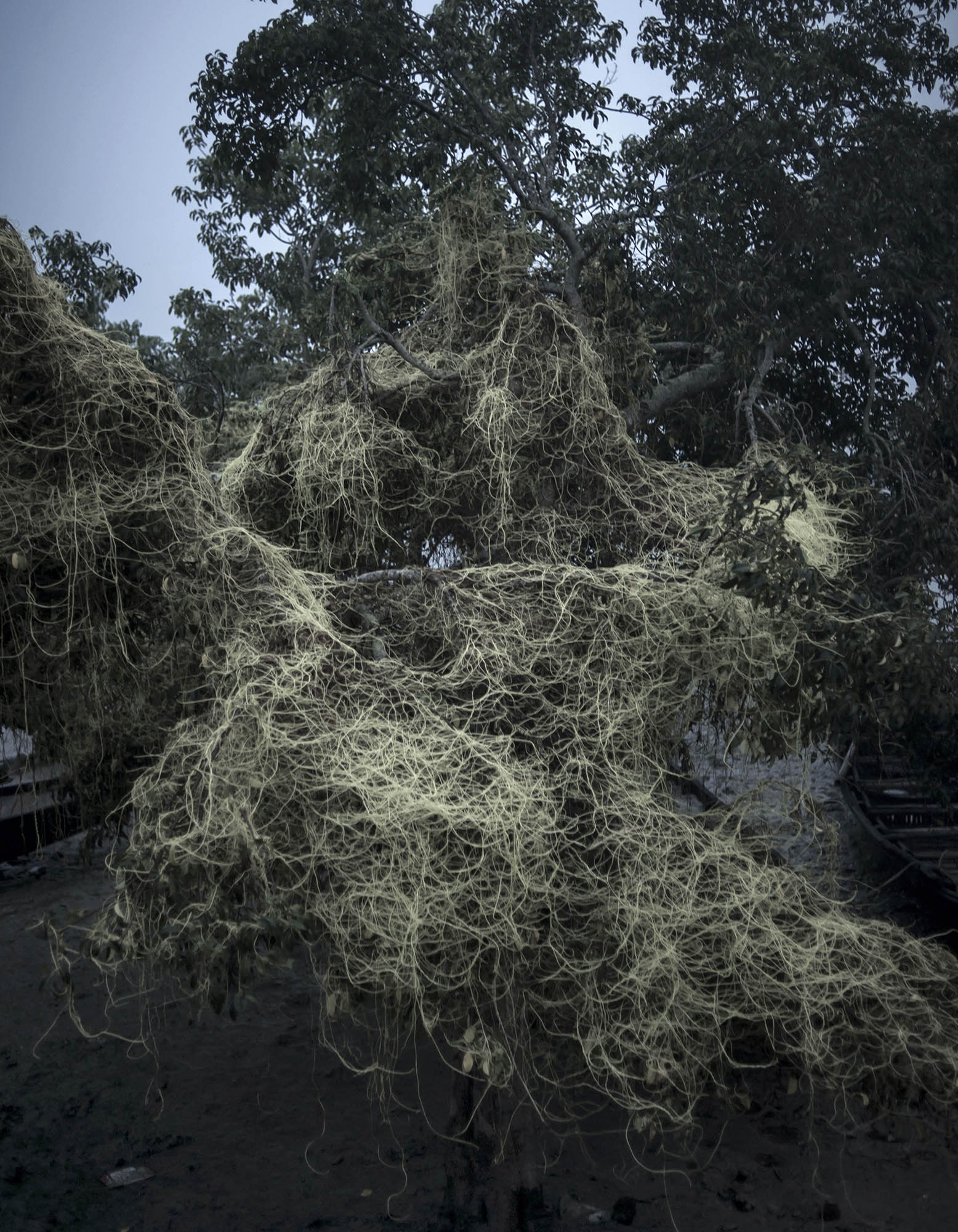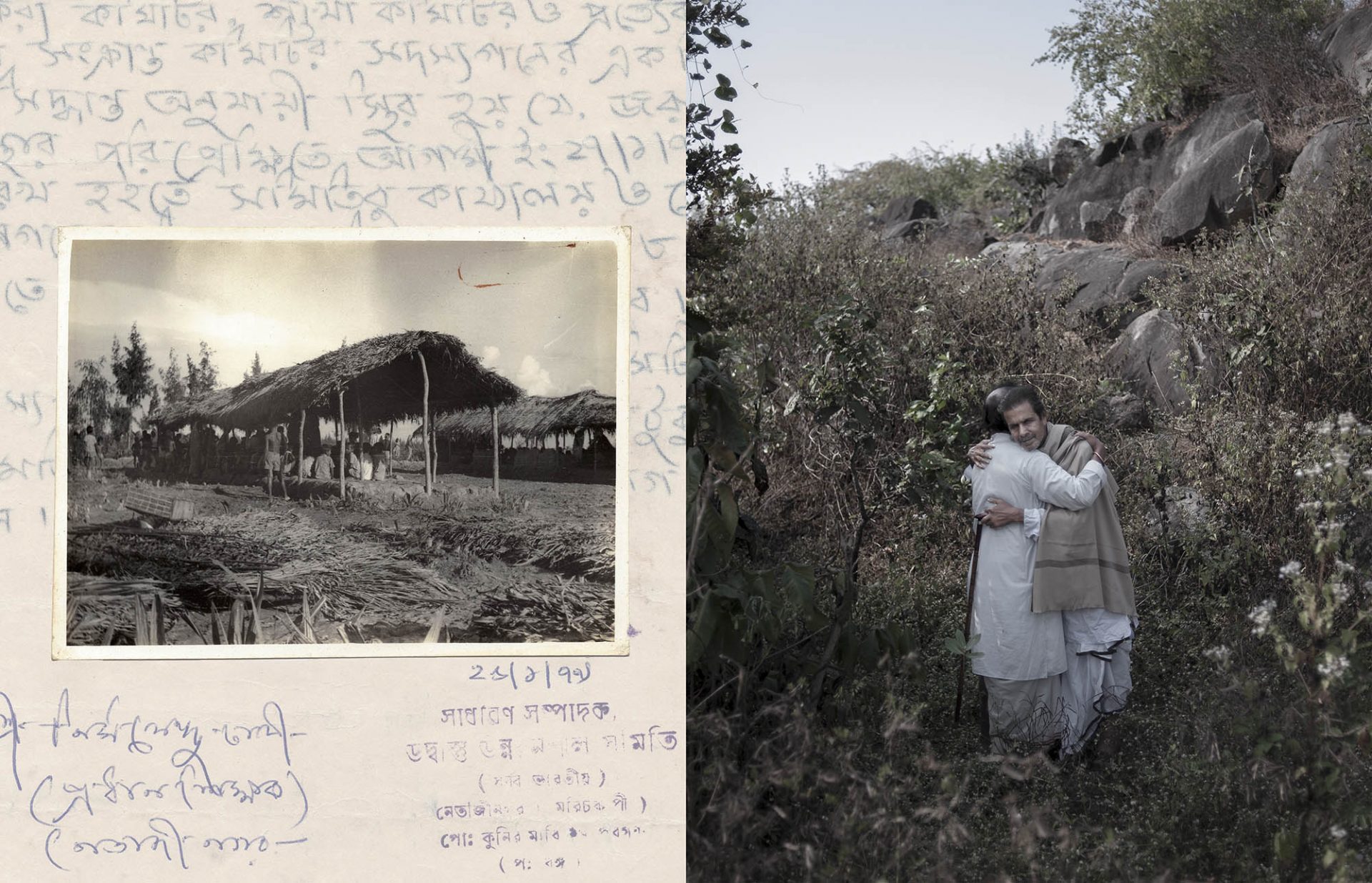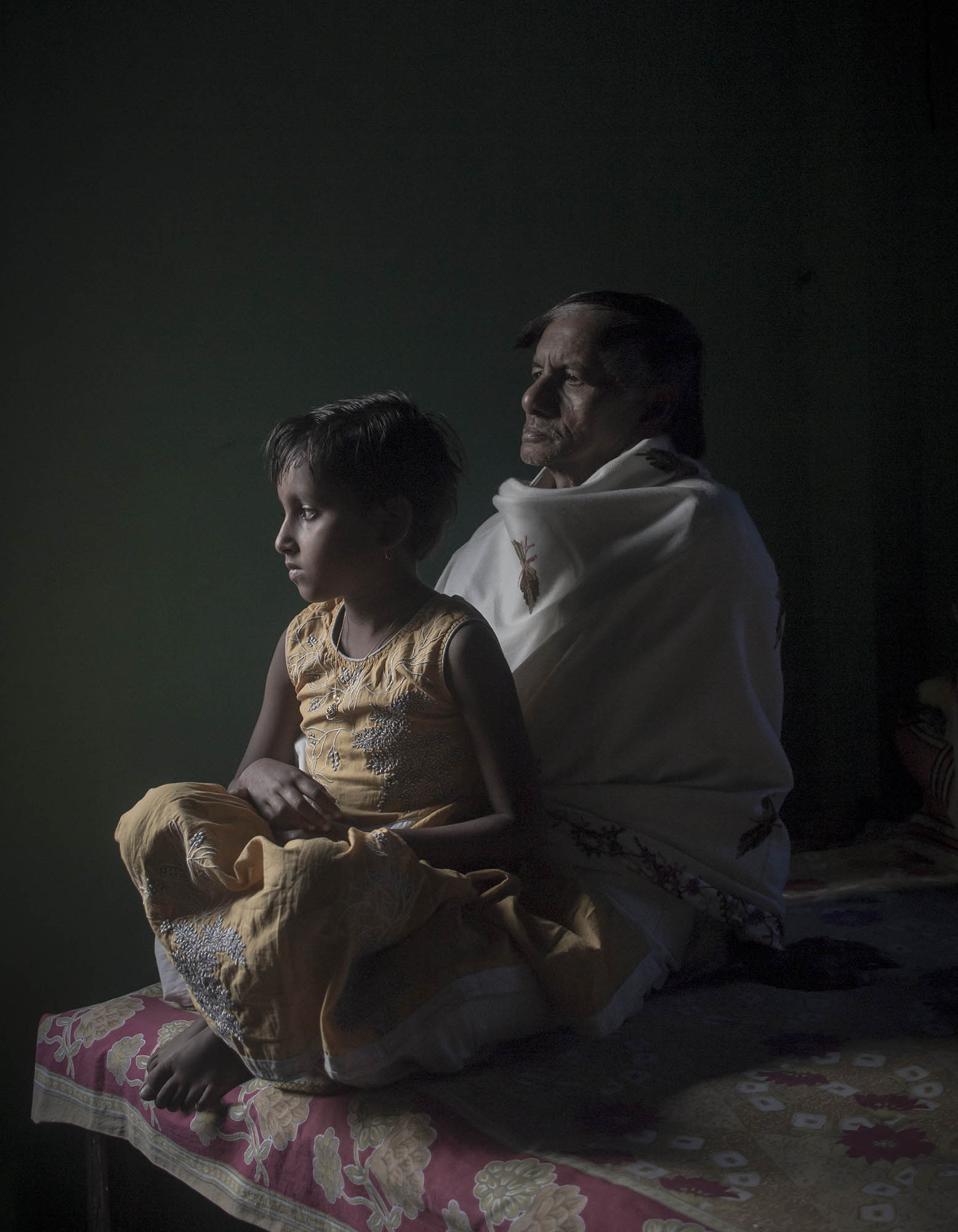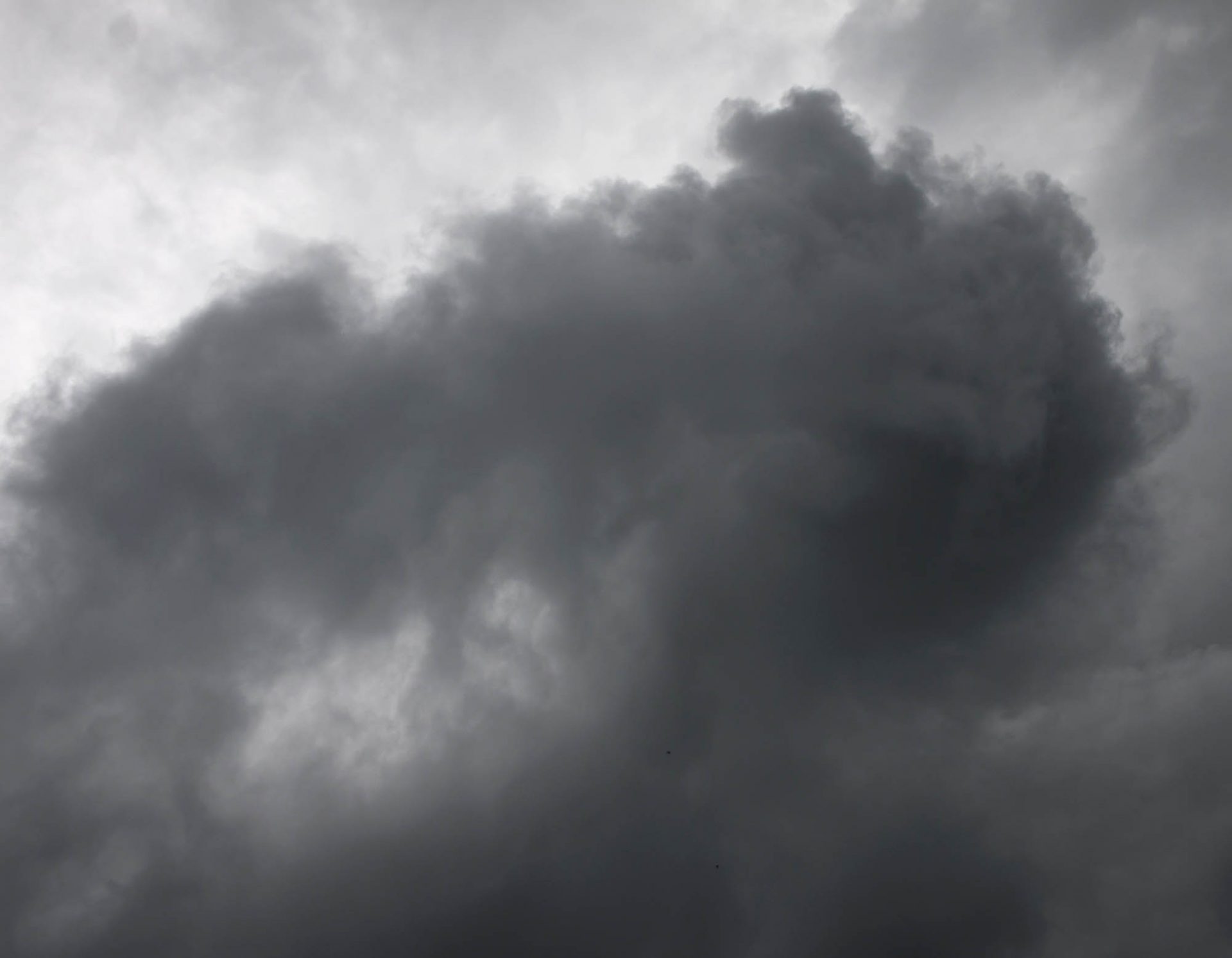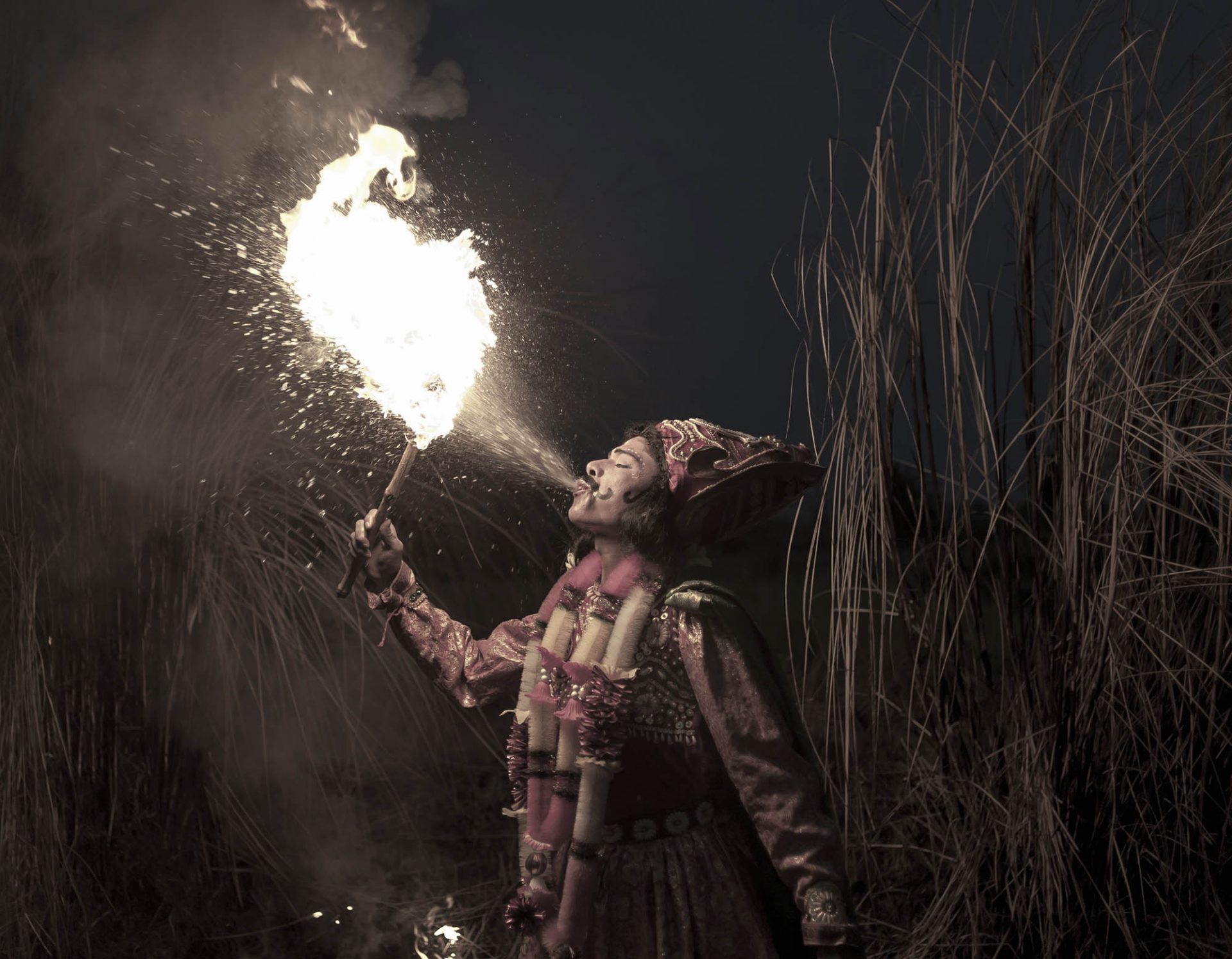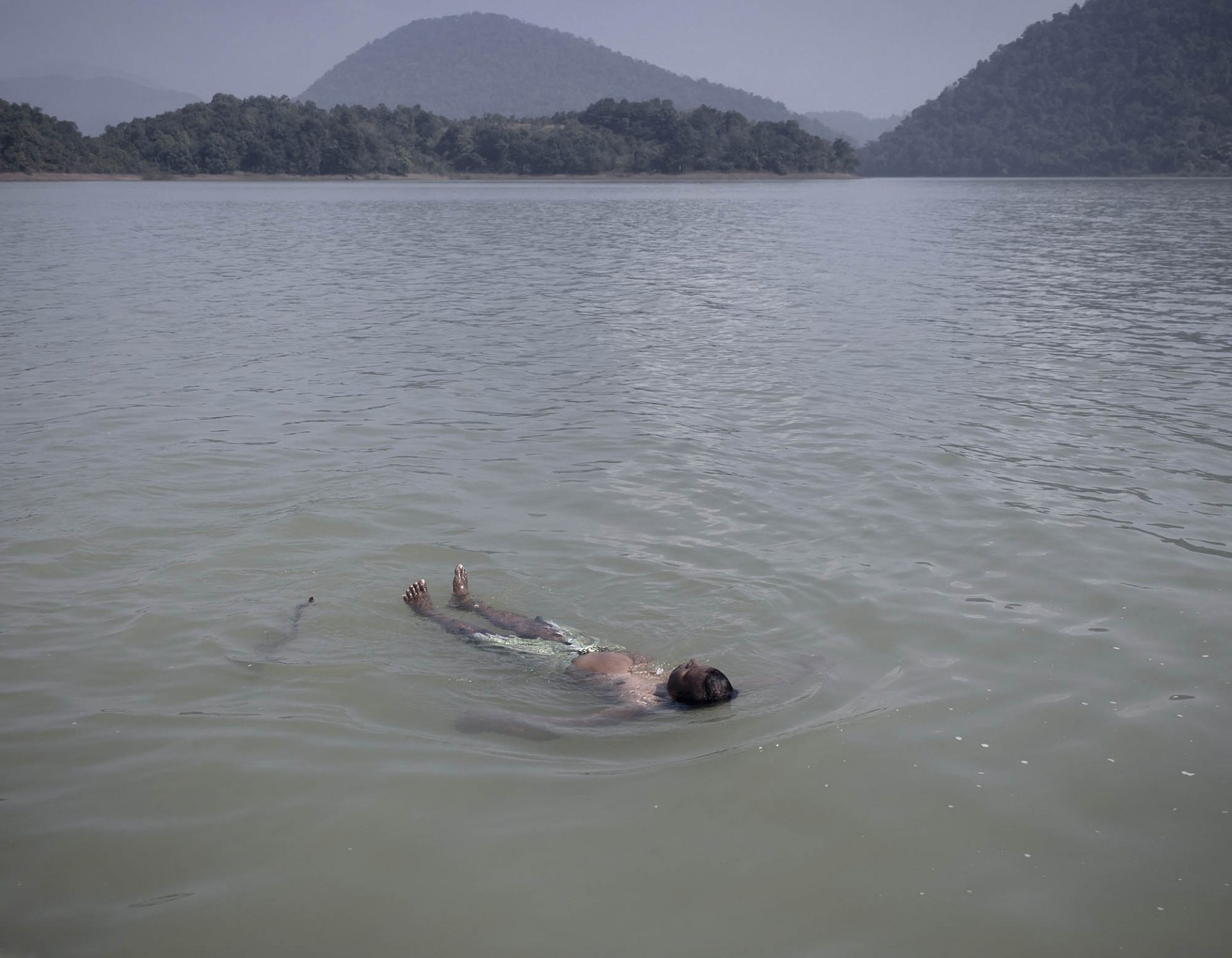Winner Bourse du Talent 2025 : Santanu Dey
Brackish Tears
Scrolling is automatic. You can use arrows to navigate between images. Click on the image to switch to full-screen mode.
With ‘Brackish Tears’, Santanu Dey presents a docu-ficational long-term research-based project that explores the profound aftermath of the ‘1947 Partition of India’ on Bengal-region. It examines how British colonialism deepened religious divisions to fracture the subcontinent, leaving lasting scars on unity. Through personal stories of displacement, this chapter unveils the enduring impact on lower-class refugees, their hierarchical oppression and cherished memories, revealing the complex legacy of colonialism, nationalism and communalism across generations.
“Millions of religious minorities migrated to India from East Pakistan after the Partition of 1947. While the upper caste and elites found new homes across India, the lower-caste refugees were exiled to inhospitable camps in Dandakaranya. In 1977, the Left Front party won the elections in West-Bengal with the promise to relocate the Namshudras (Lower-Caste) in Marichjhapi, an island in the Sundarban delta. Soon after, they reversed their promise and restricted the entries of the refugees to Bengal.
Thousands of refugees, nonetheless, defied the Government and moved to Marichjhapi. Within two years, they built embankments, roads, fisheries, a dispensary and a school. In response, the State Government surrounded the island with police boats to economically isolate them. On 13th May 1979, they burned the entire settlement, persecuted thousands of villagers and dumped their bodies in the Raimangal River. The actual casualty being unknown but surviving oral accounts claim that tigers in the area became habituated man-eaters after this genocide.
My work probes this massacre and traces the structure of violence linked with migration and resettlement back to the Mahabharata, an ancient Hindu epic. It has a distinct influence on the cultural imagination of the nation’s majoritarian religion. In the epic, the upper-caste Pandavas, aided by Lord Krishna and Fire god, burn the Khandava-forest, displacing indigenous Nagas and Mayas to build their kingdom’s capital, Indraprastha. As the rise of Hindu religious fanaticism and jingoism, this act reflects a troubling narrative of divine favouritism, where the gods’ unwavering support for the powerful underscores a stark contrast of subjugation and dominance.
Despite their contextual differences, these two events engage in a dialogue that reveals the systematic violence rooted in geopolitical contestations. The Marichjhapi massacre stands as a stark embodiment of deep-seated prejudices woven into hegemonic histories and mythological imagination. Through my photographs, I explore this asynchronous interplay, pairing archival fragments with mythological performance to expose the discursive frameworks that legitimize ethnic violence and superiority. As a visual archivist, I construct a multidimensional narrative of Marichjhapi—through portraits, belongings, landscapes, archives and oral testimonies—crafting a visual archive that brings forth the voices of the displaced and deepens our understanding of the global refugee crisis.”
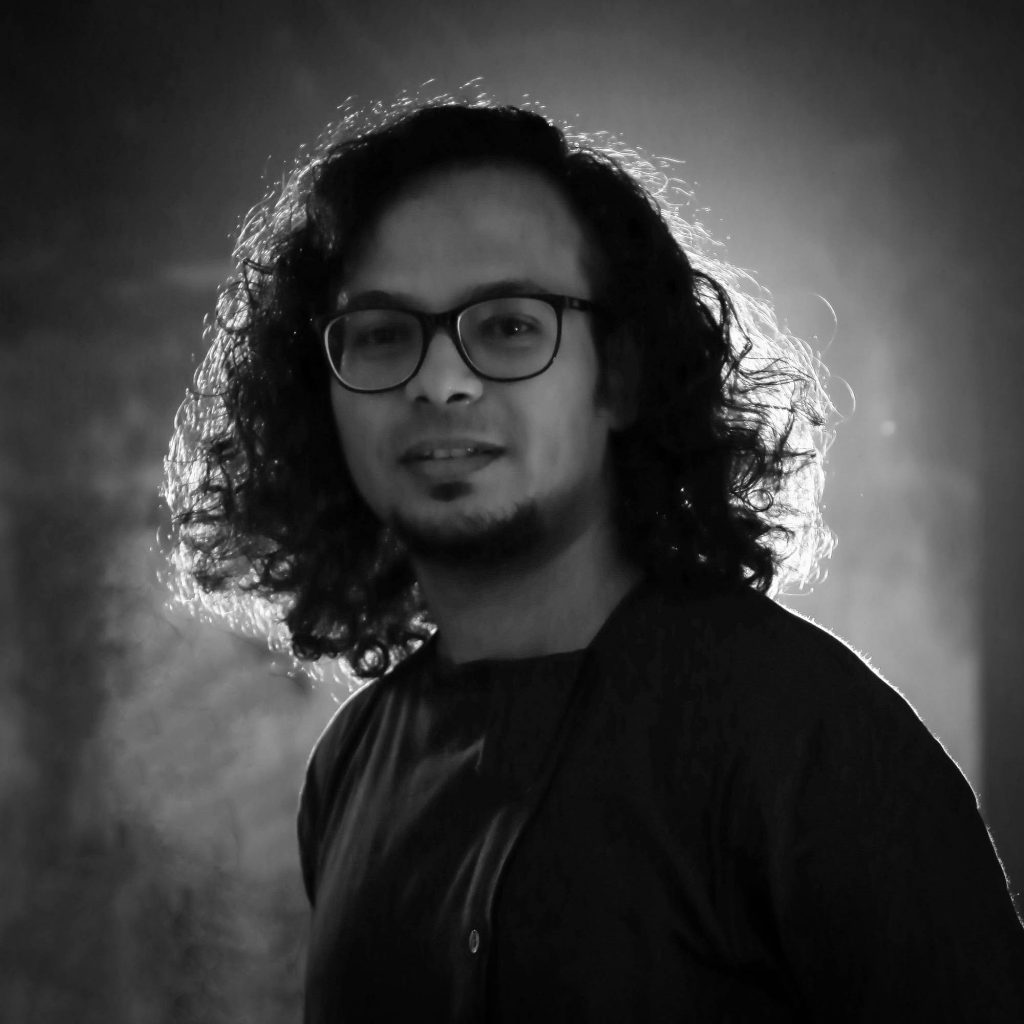
Santanu Dey is an independent emerging lens-based practitioner from Kolkata, India, whose practice delves into intersection of art, cultural narratives and personal experience, with a keen focus on contemporary social issues. Since 2017, his research-driven approach, grounded in cultural anthropology and documentary photography, has explored the enduring social impact of the ‘1947 Partition of India’ on Bengali communities. In his perspective, a project gradually achieves its language and style as it progress through research processes. His artistic practice is marked by close engagement and intimate commitment, both physical and psychological. As a visual archivist, Dey bridges the past, present, and future, weaving a rich narrative shaped by empathy and his deep connection to displaced and marginalized communities. His work blends photography, archives, painting, history, and mythology to create layered, multi-dimensional stories that reflect his artistic evolution and profound understanding of the world around him.
Santanu Dey’s work has received international recognition through awards, exhibitions, and publications. He was selected as a 6×6 Global Talent Asia by the World Press Photo Foundation and received grants from Space Studio and SACAC by the MurthyNayak Foundation. He won the Andrei Stenin Press Photo Contest and exhibited at major festivals like Breda Photo, Lumix Festival, Sharjah Art Foundation, Lodz Fotofestiwal, Jakarta Photo Festival, Indian Photo-festival and Kolkata Polyphony Photo-Festival. His project Lost Legacy was featured in Witness Magazine and ASAPArt.


